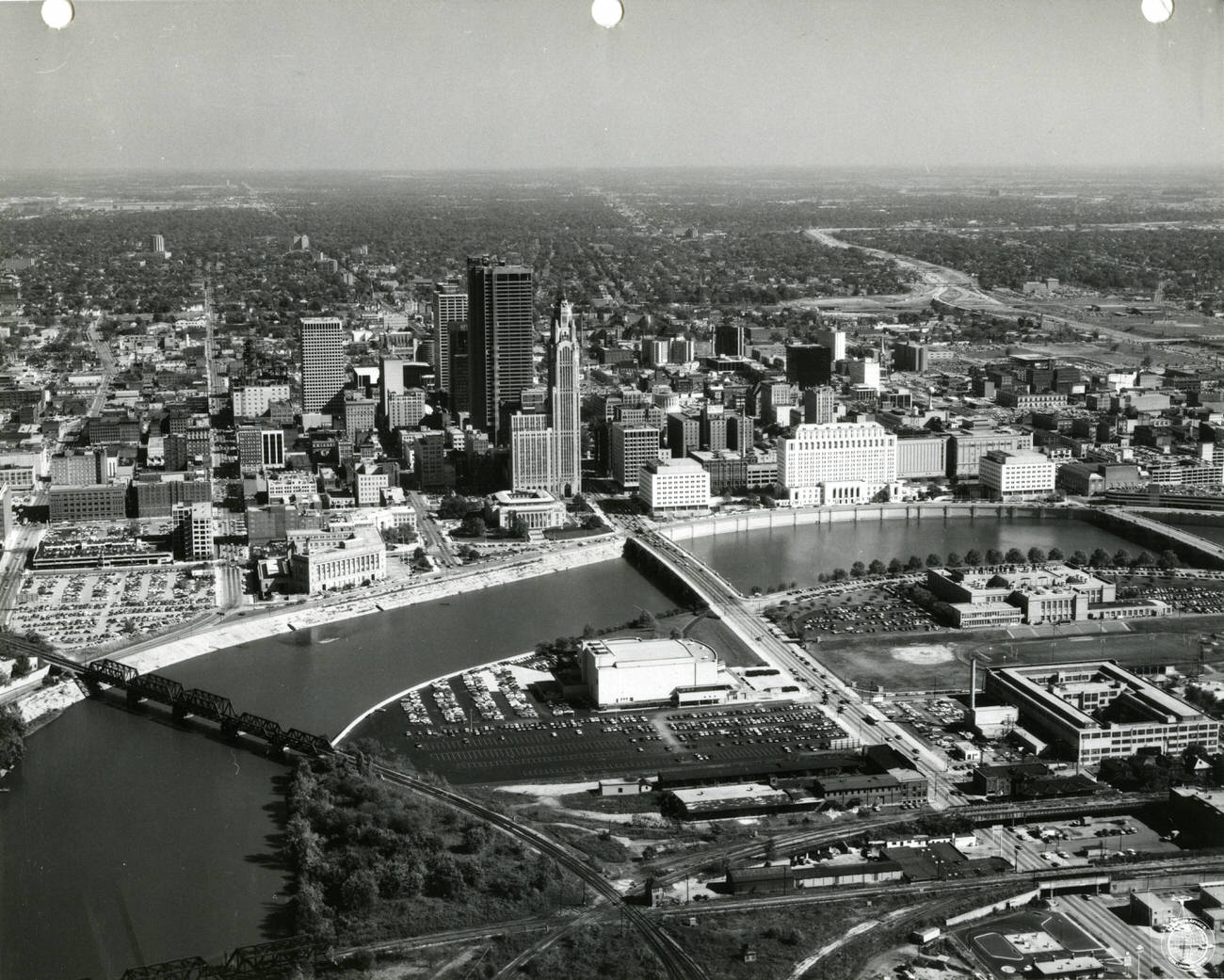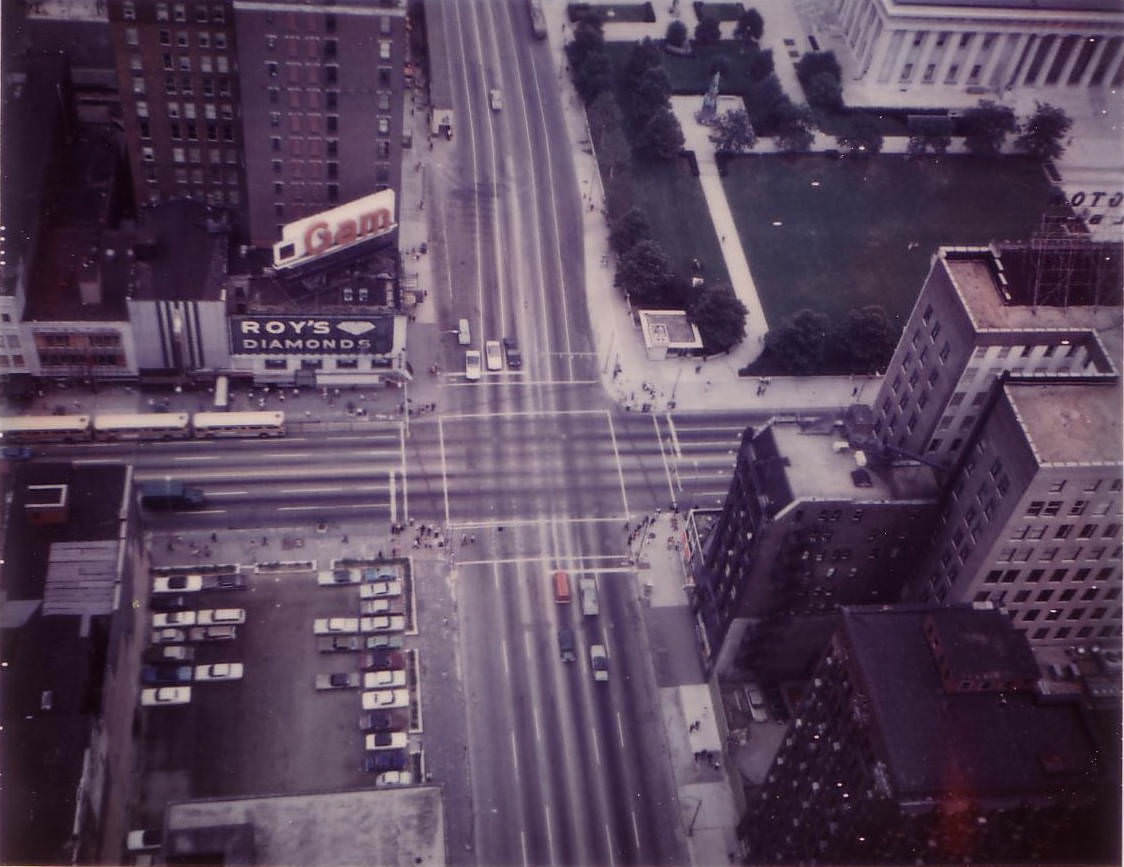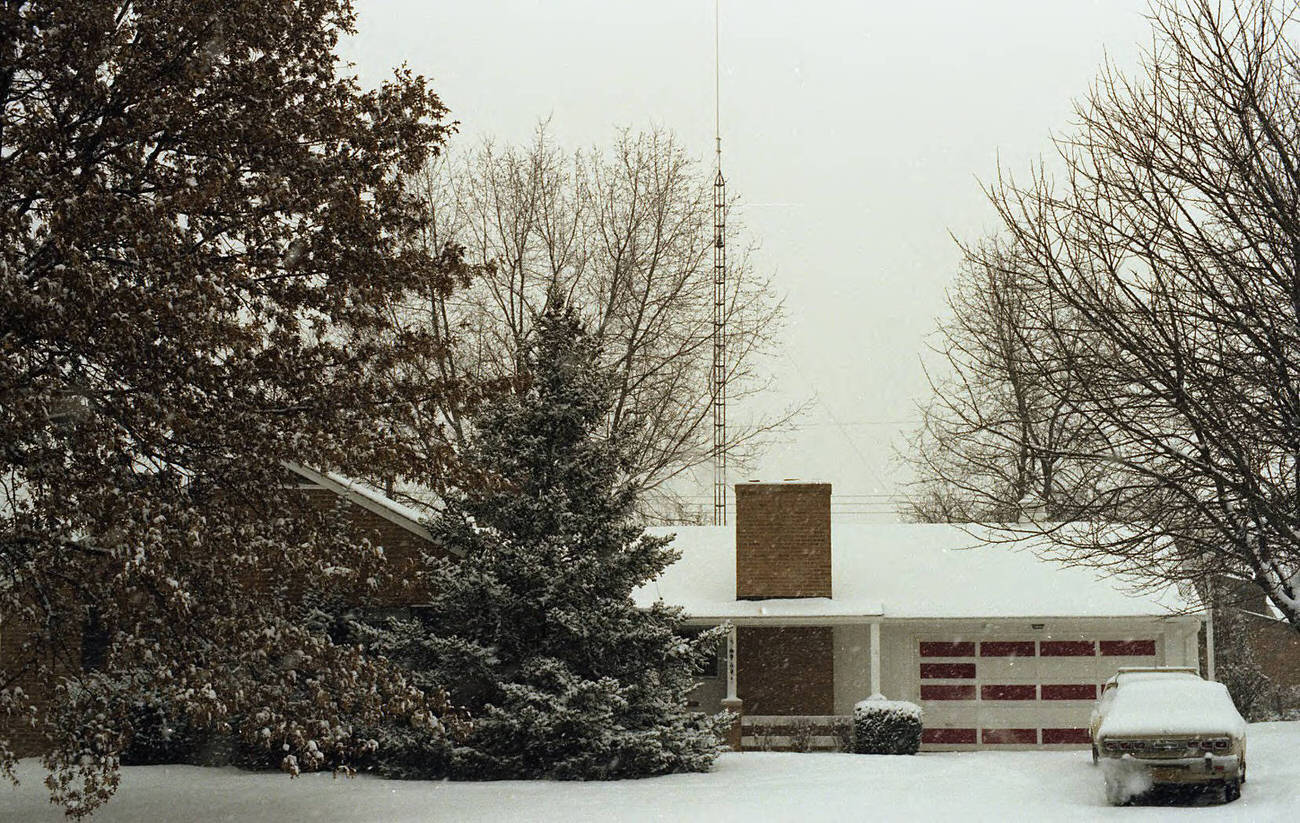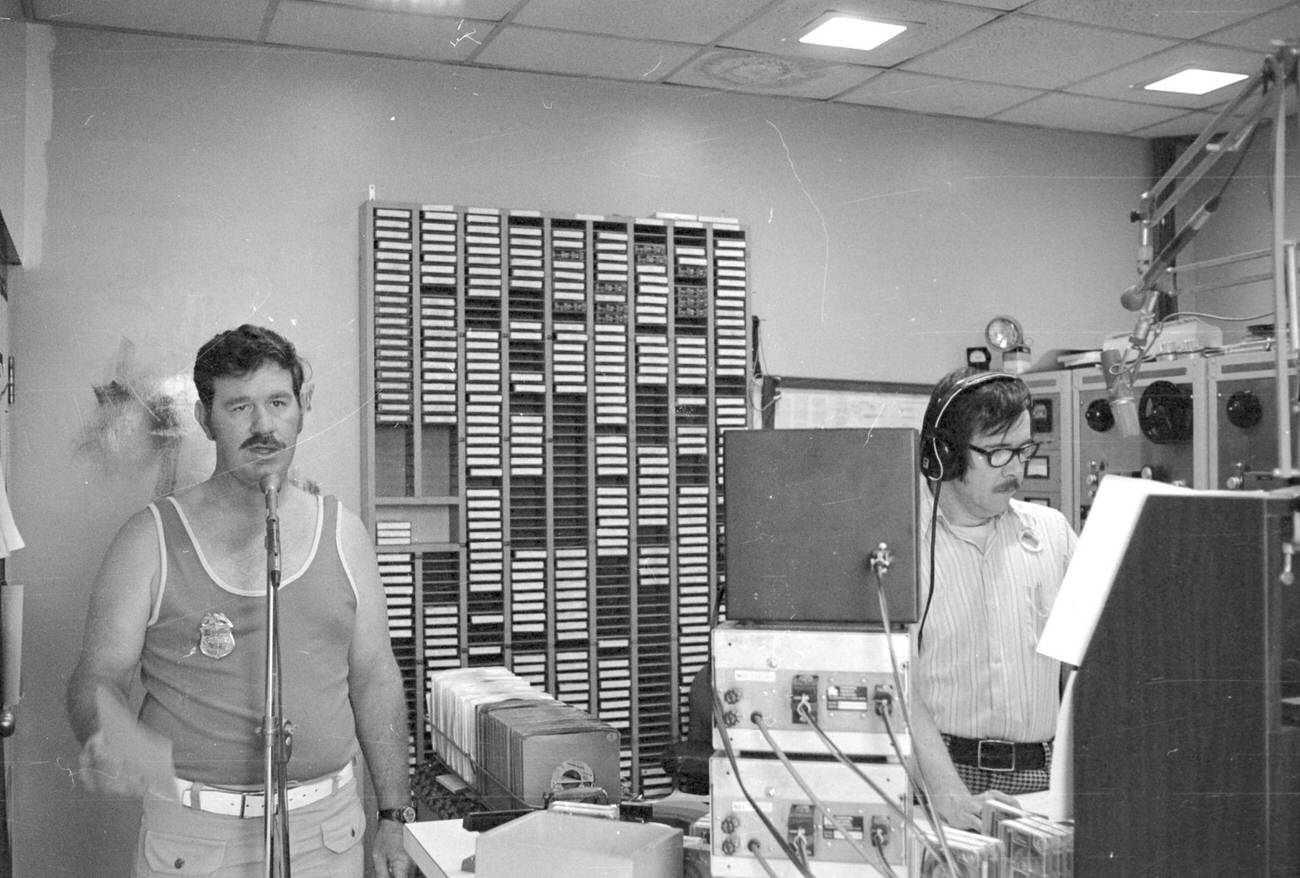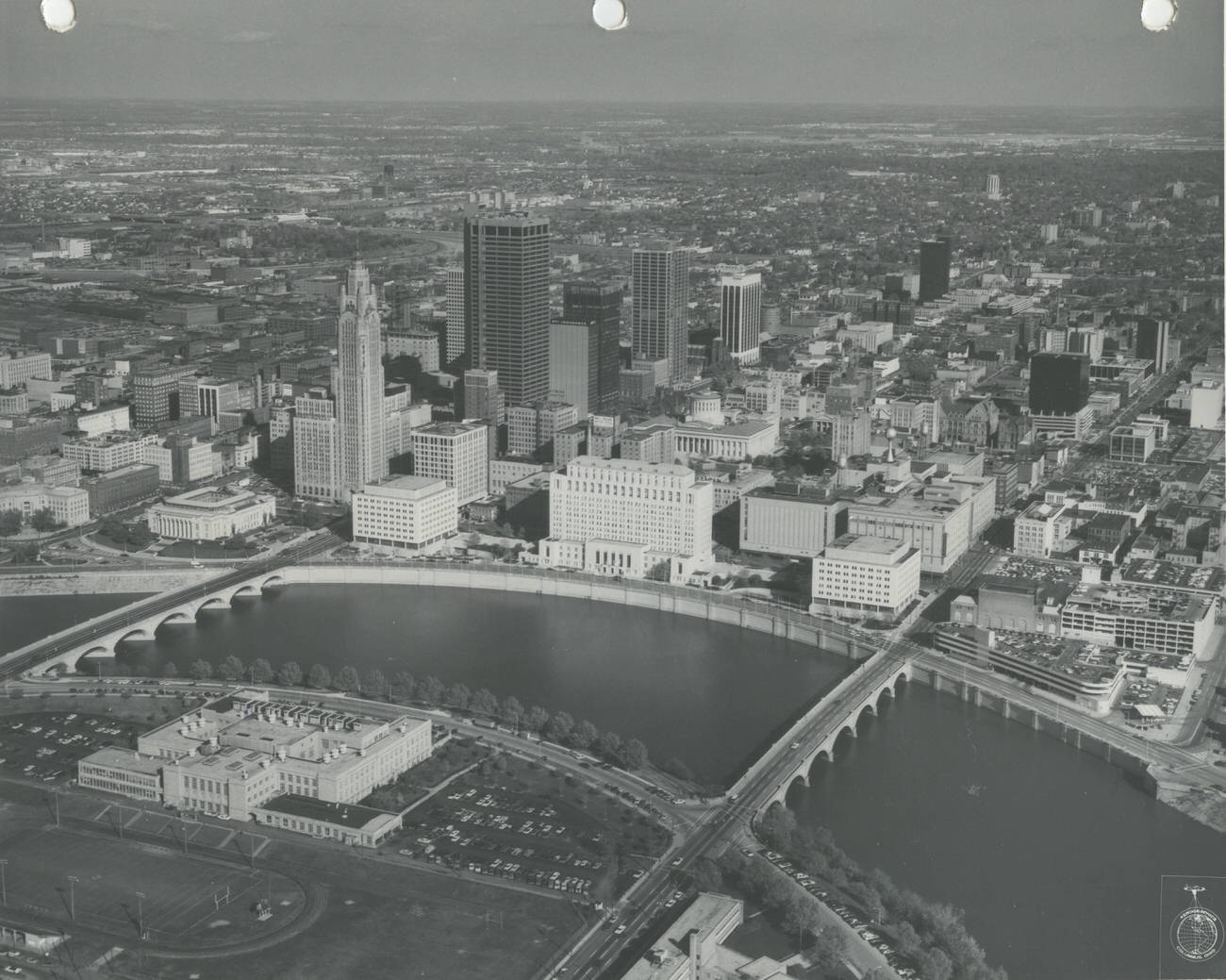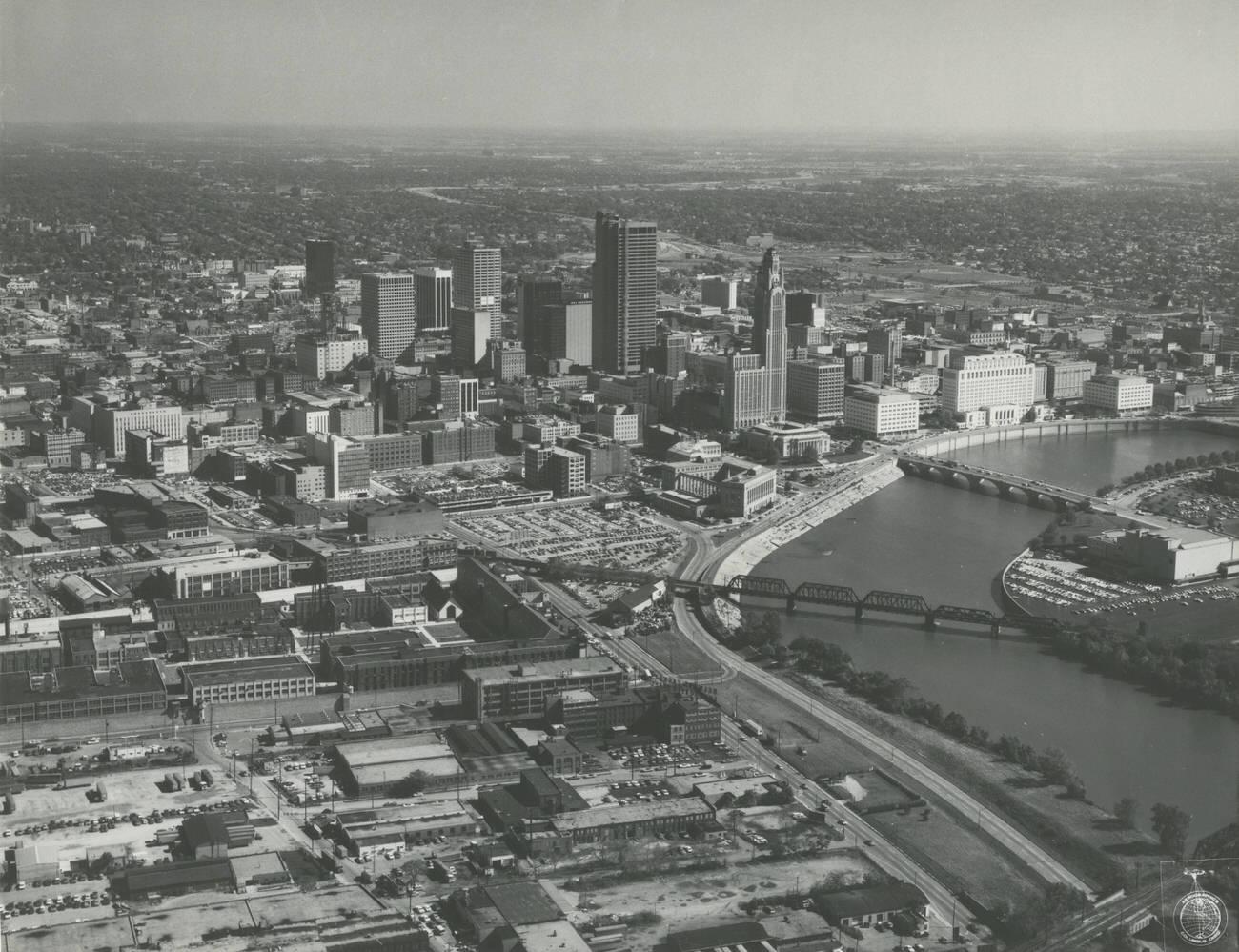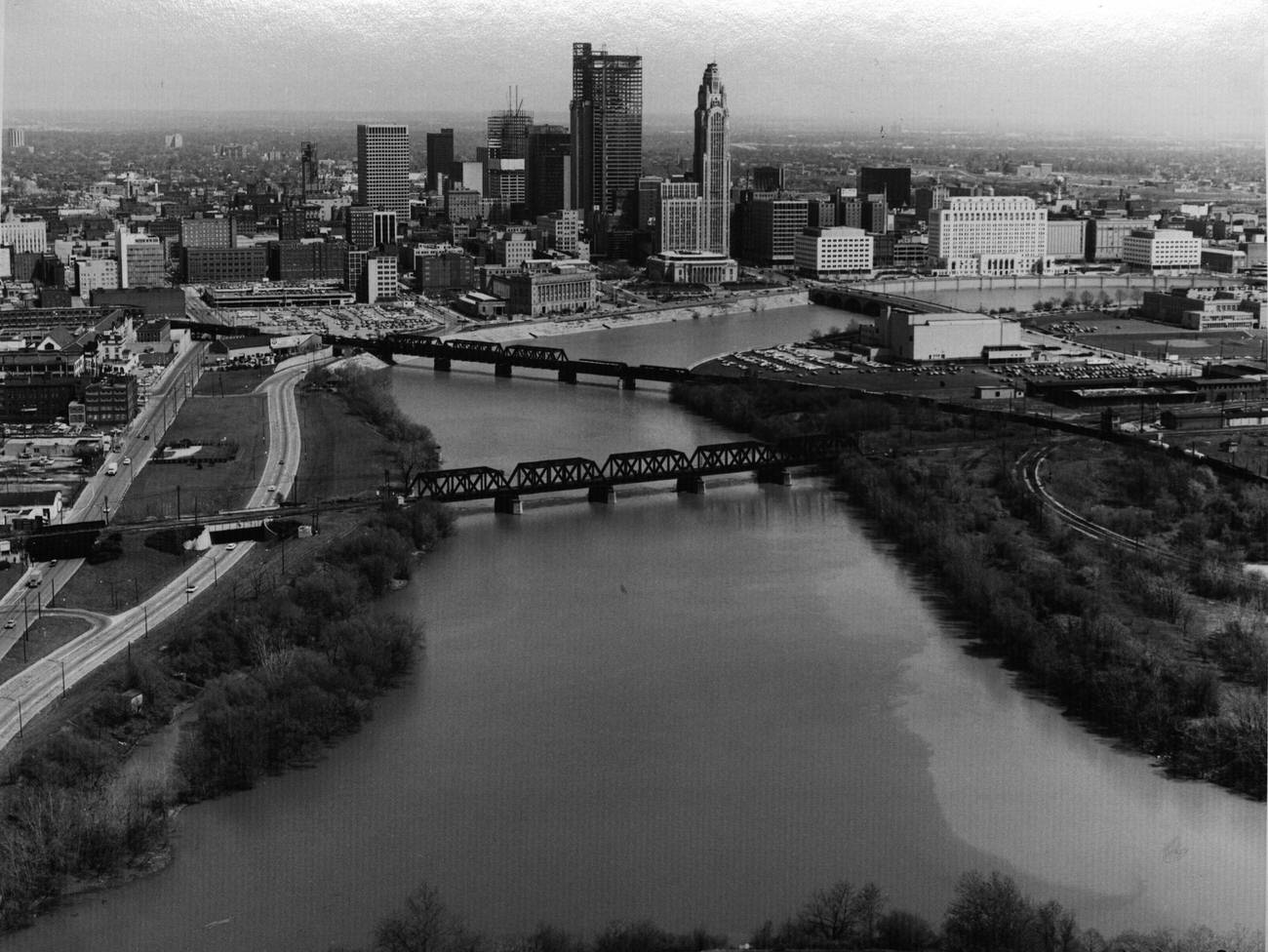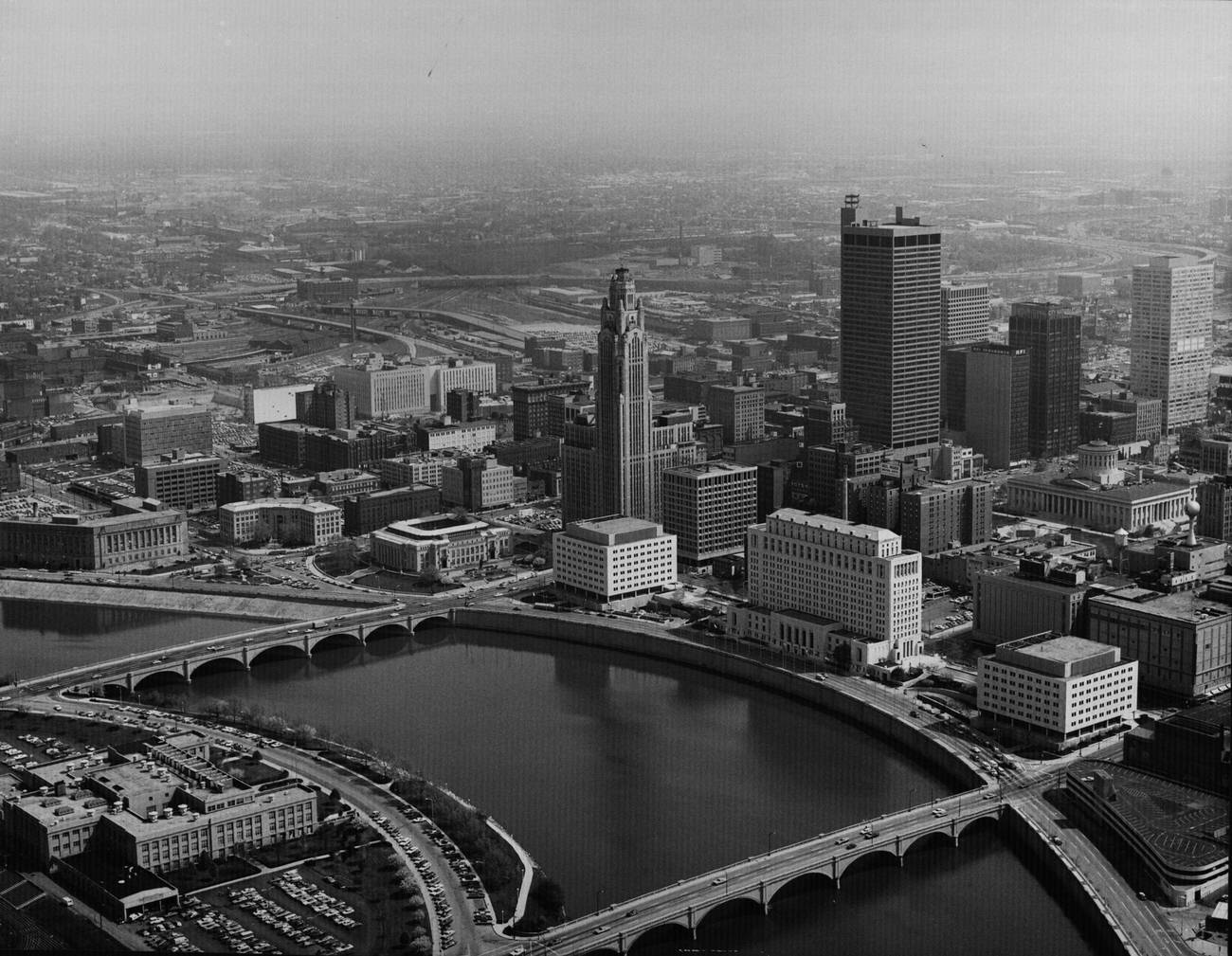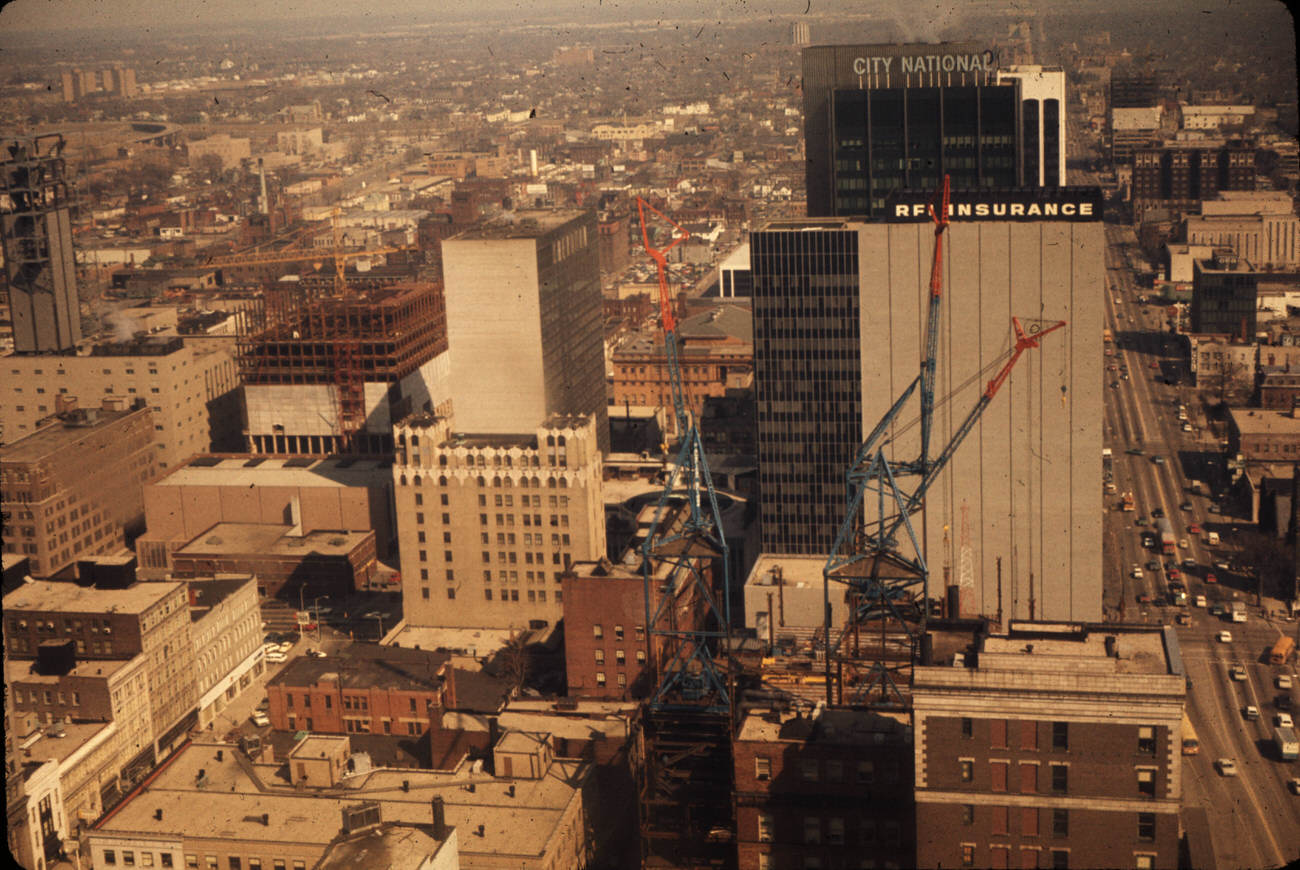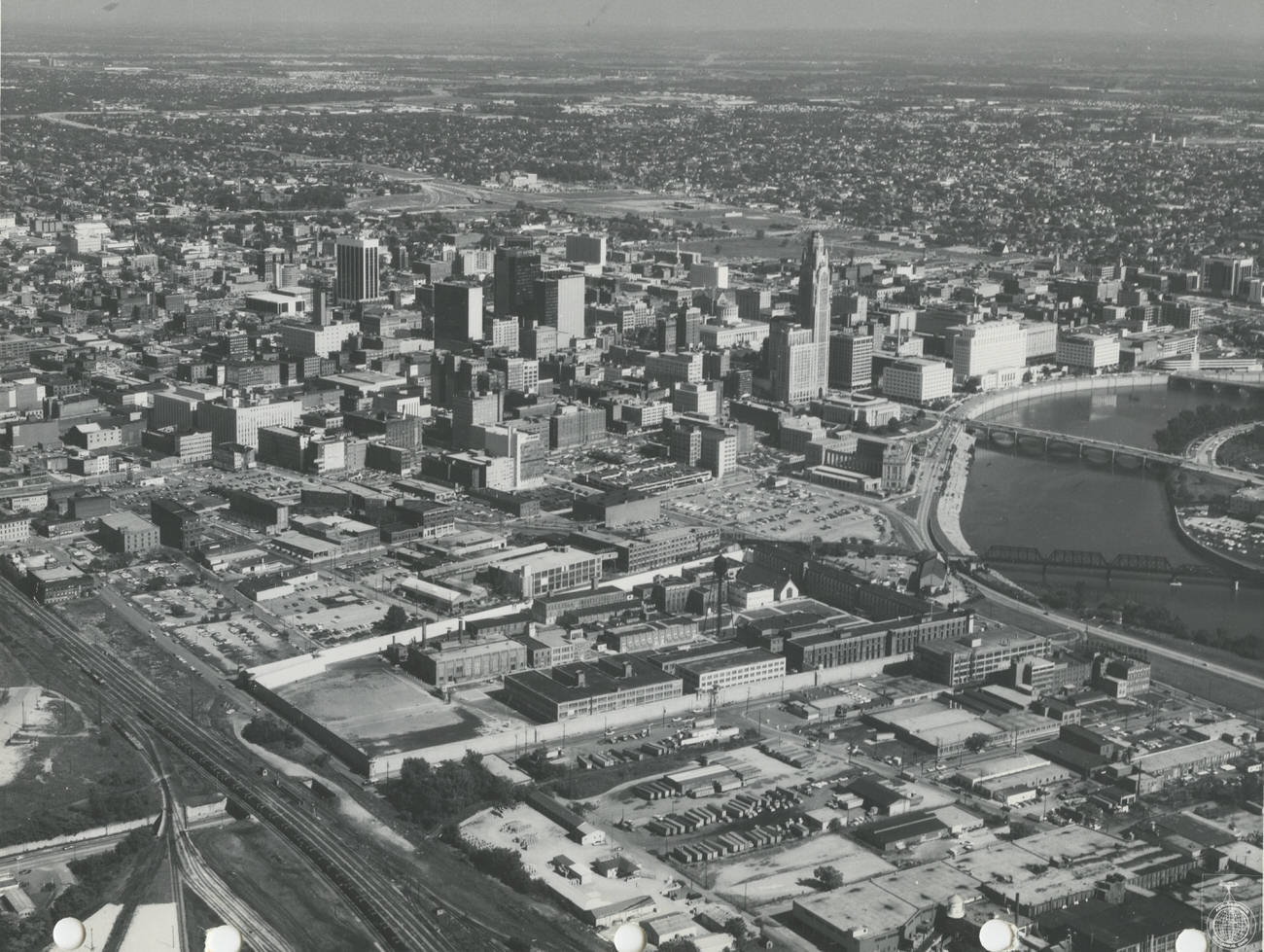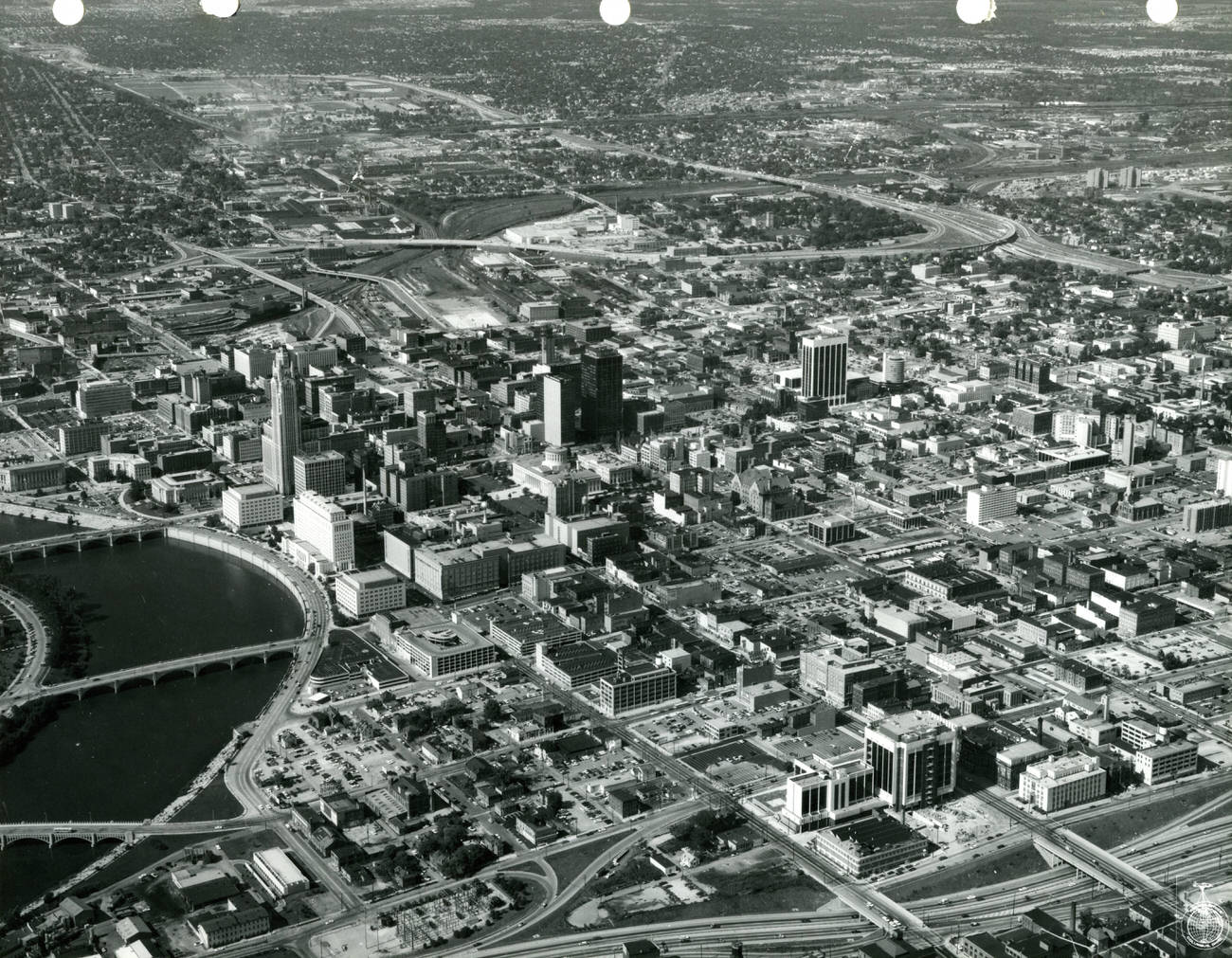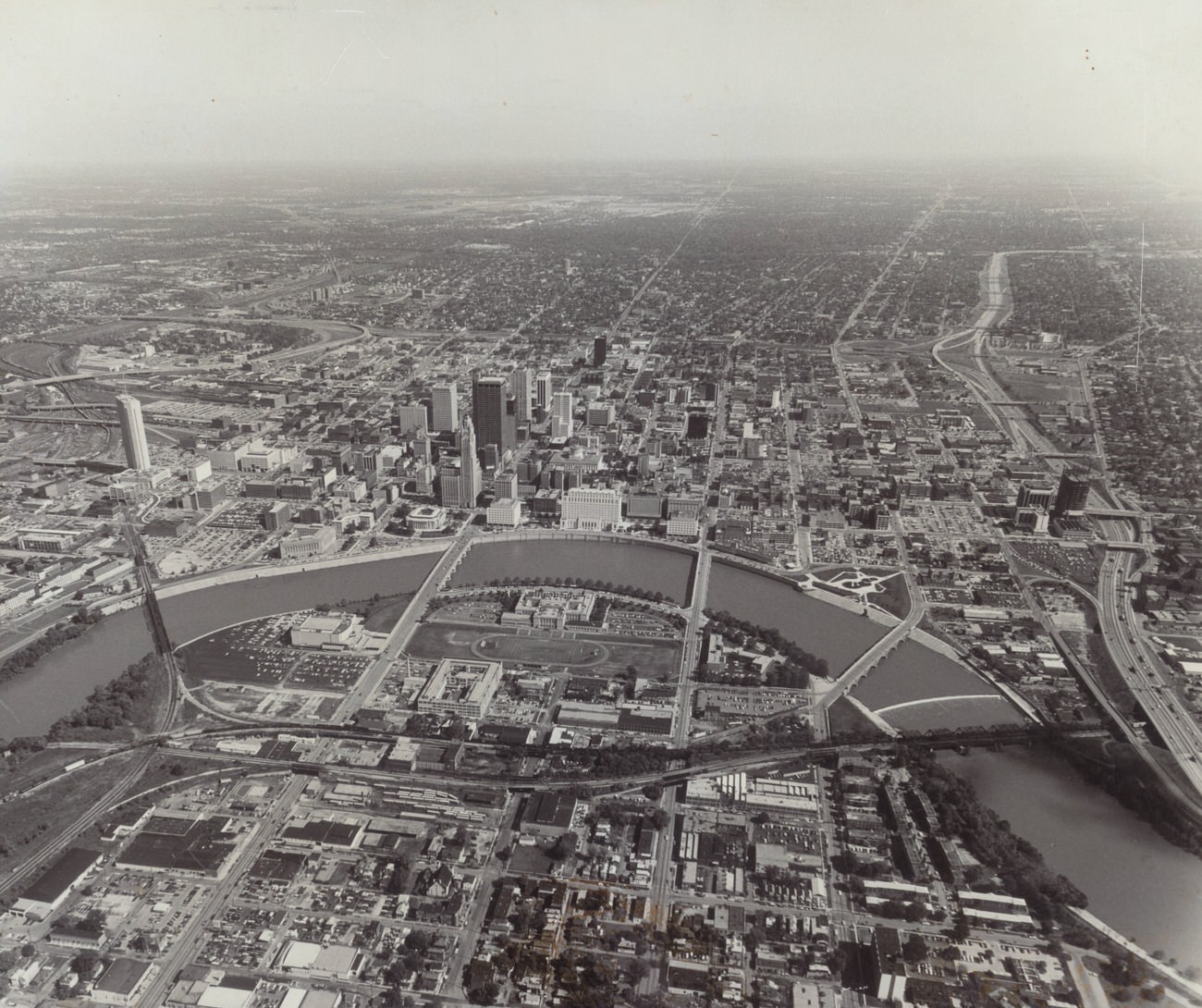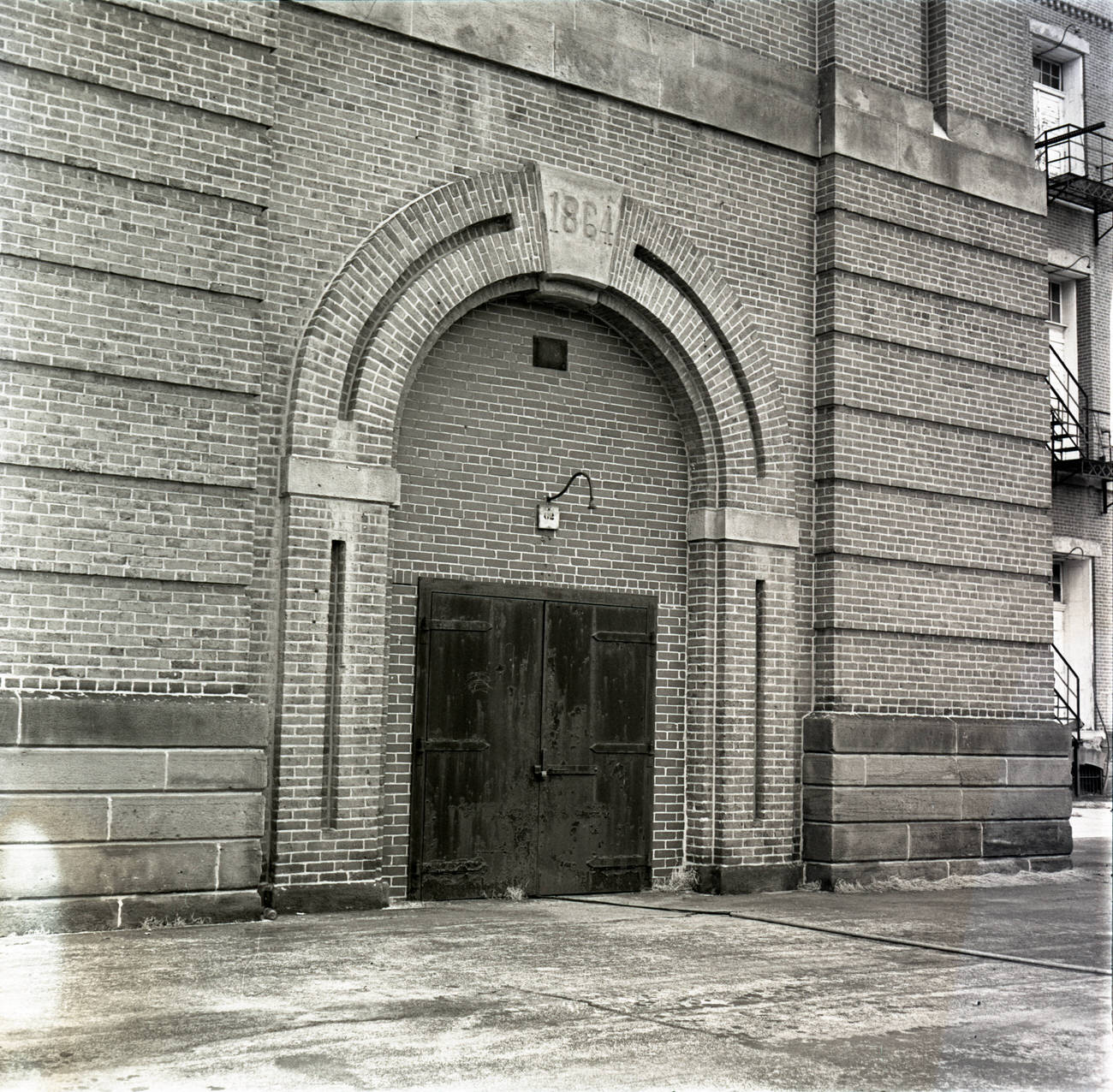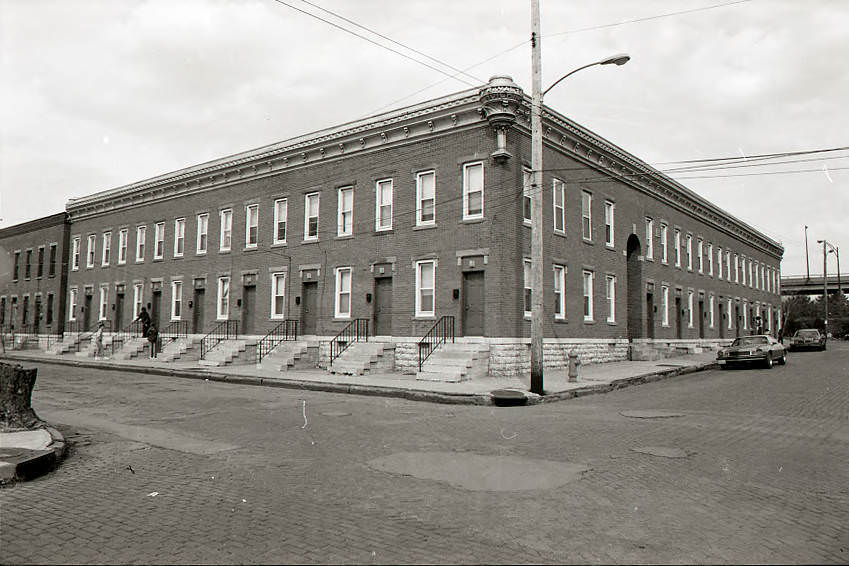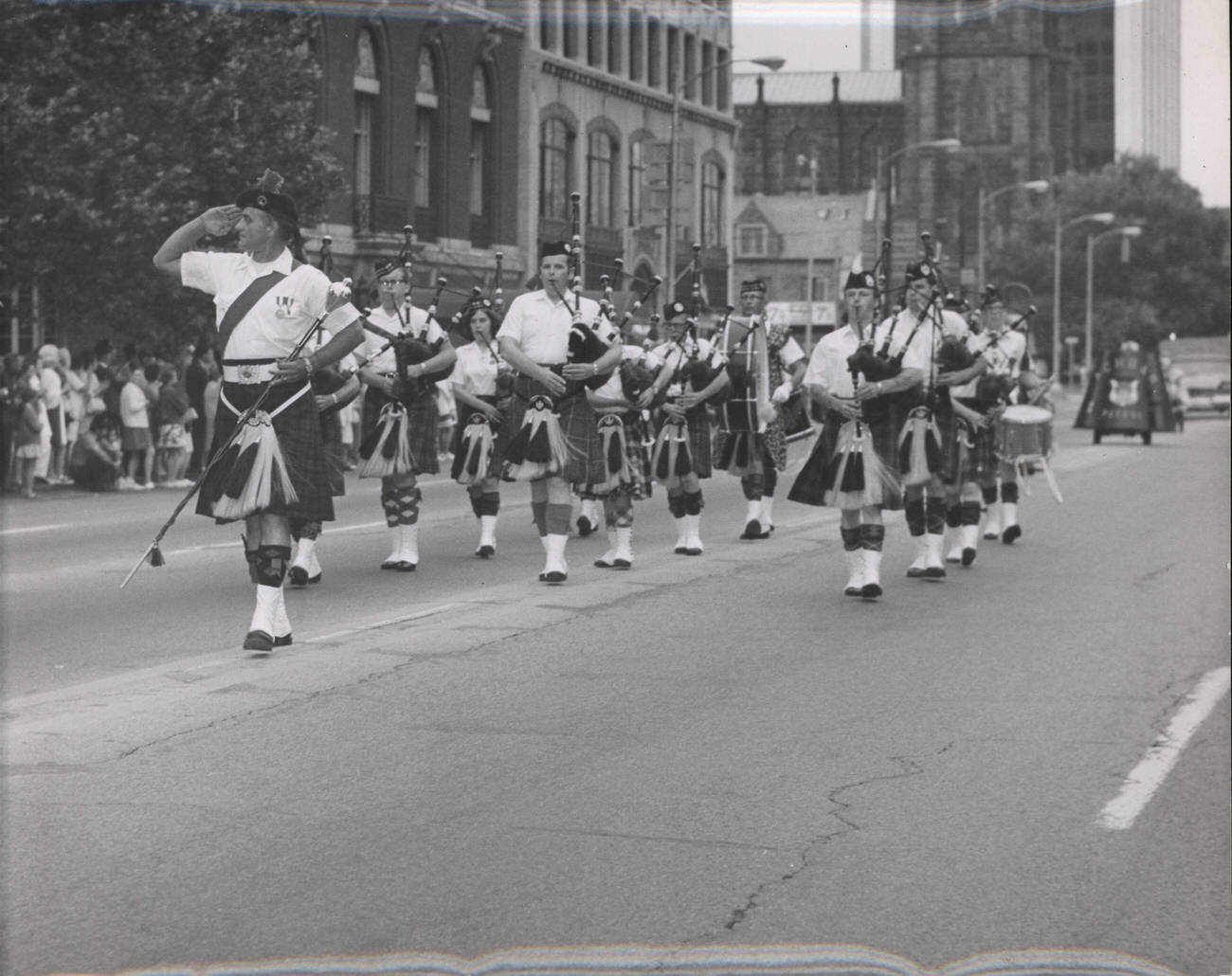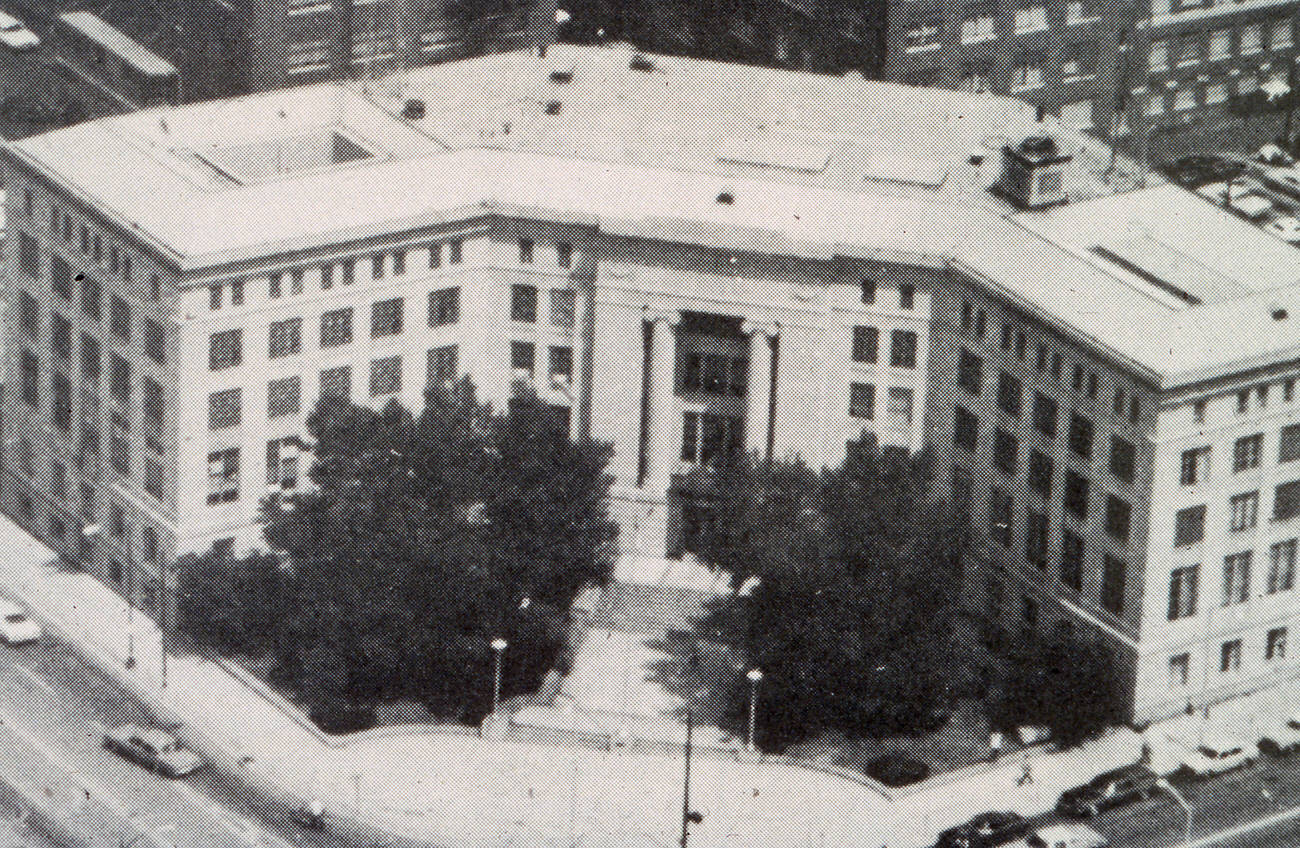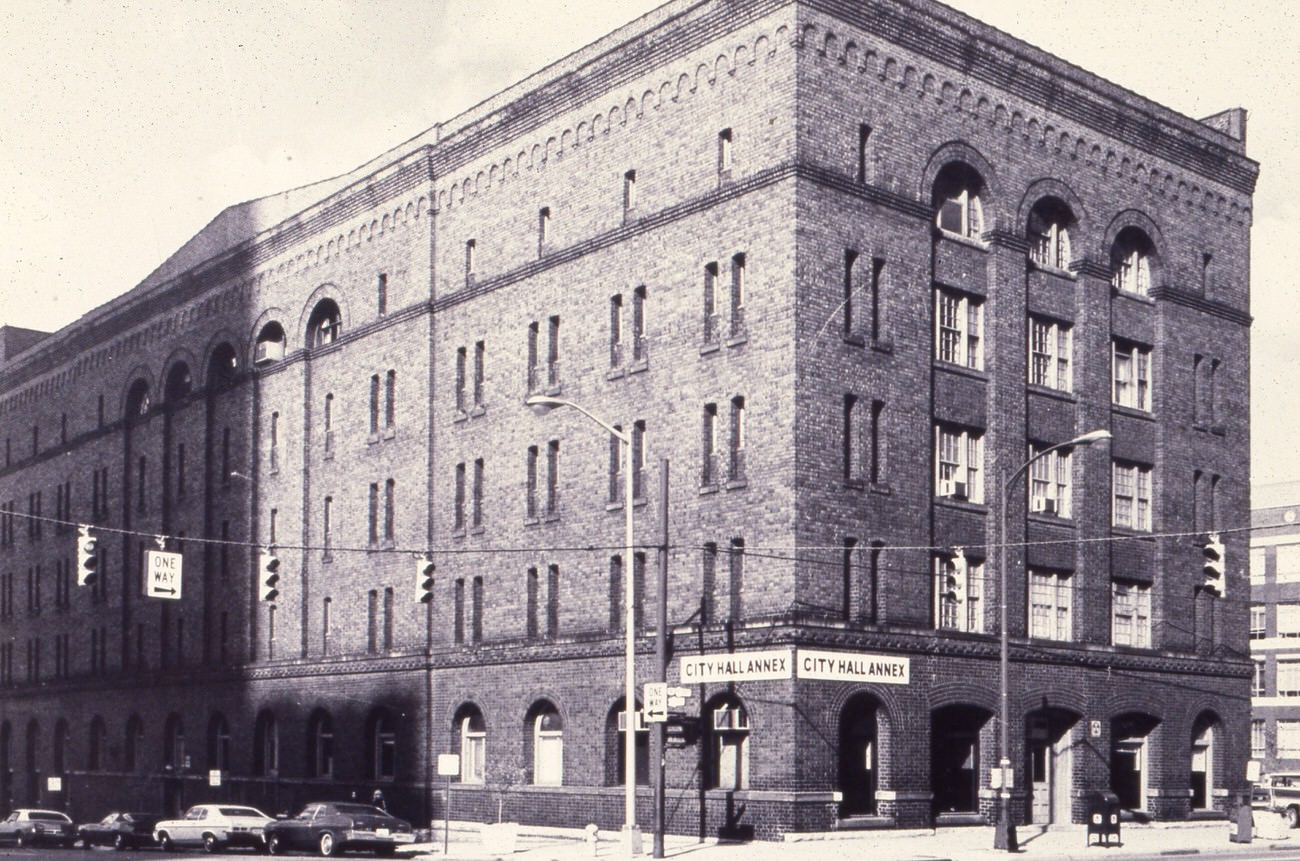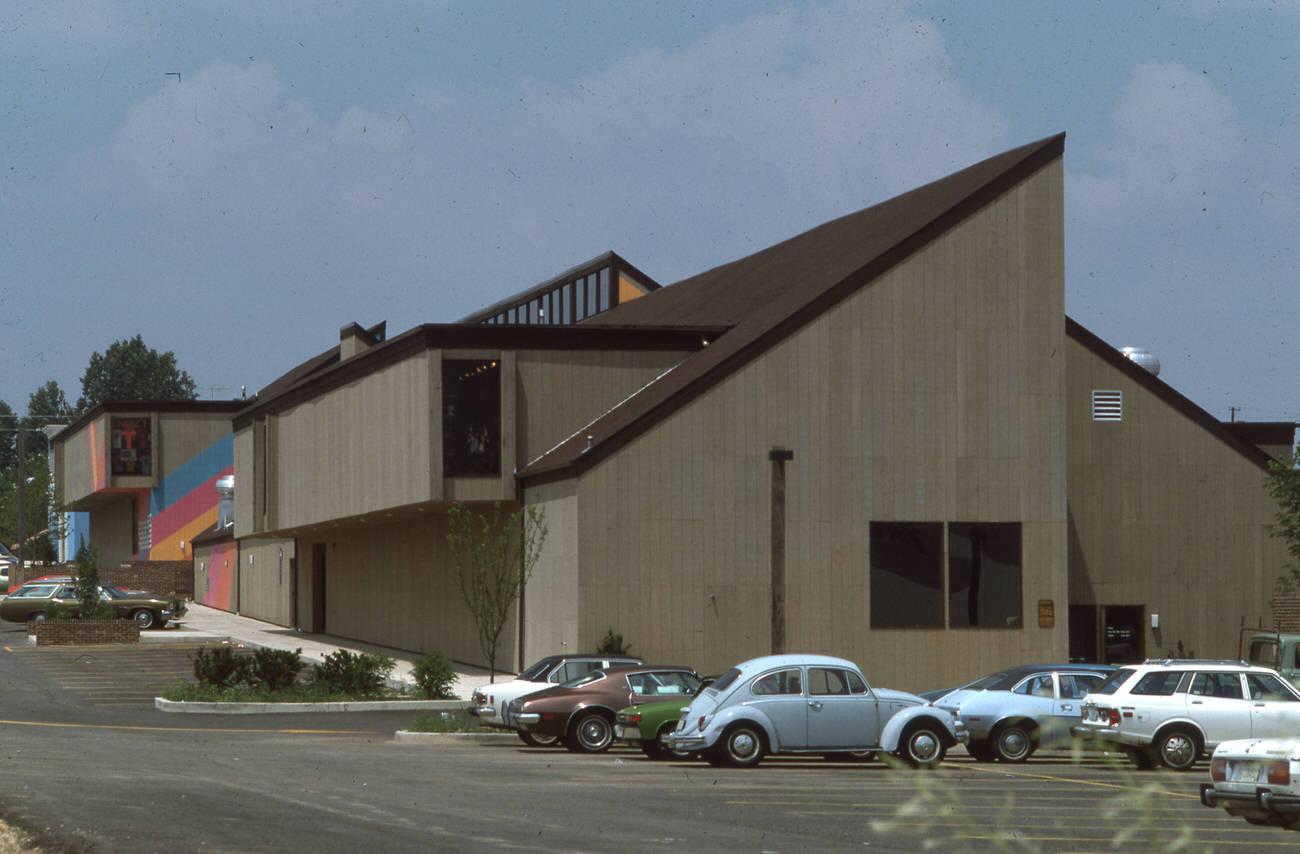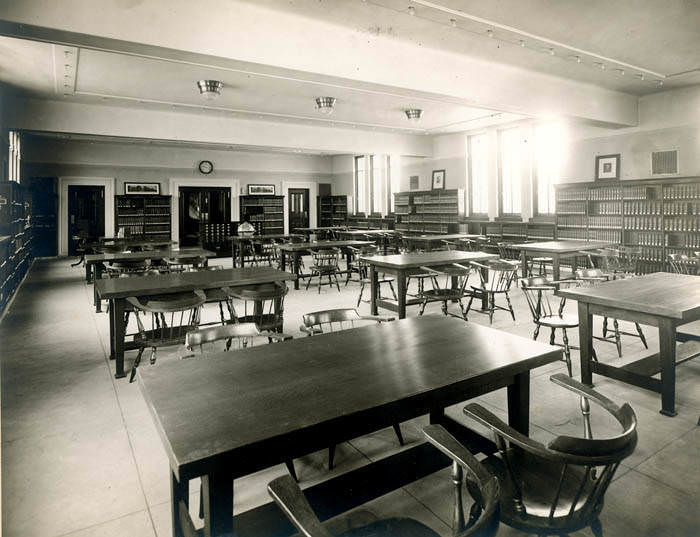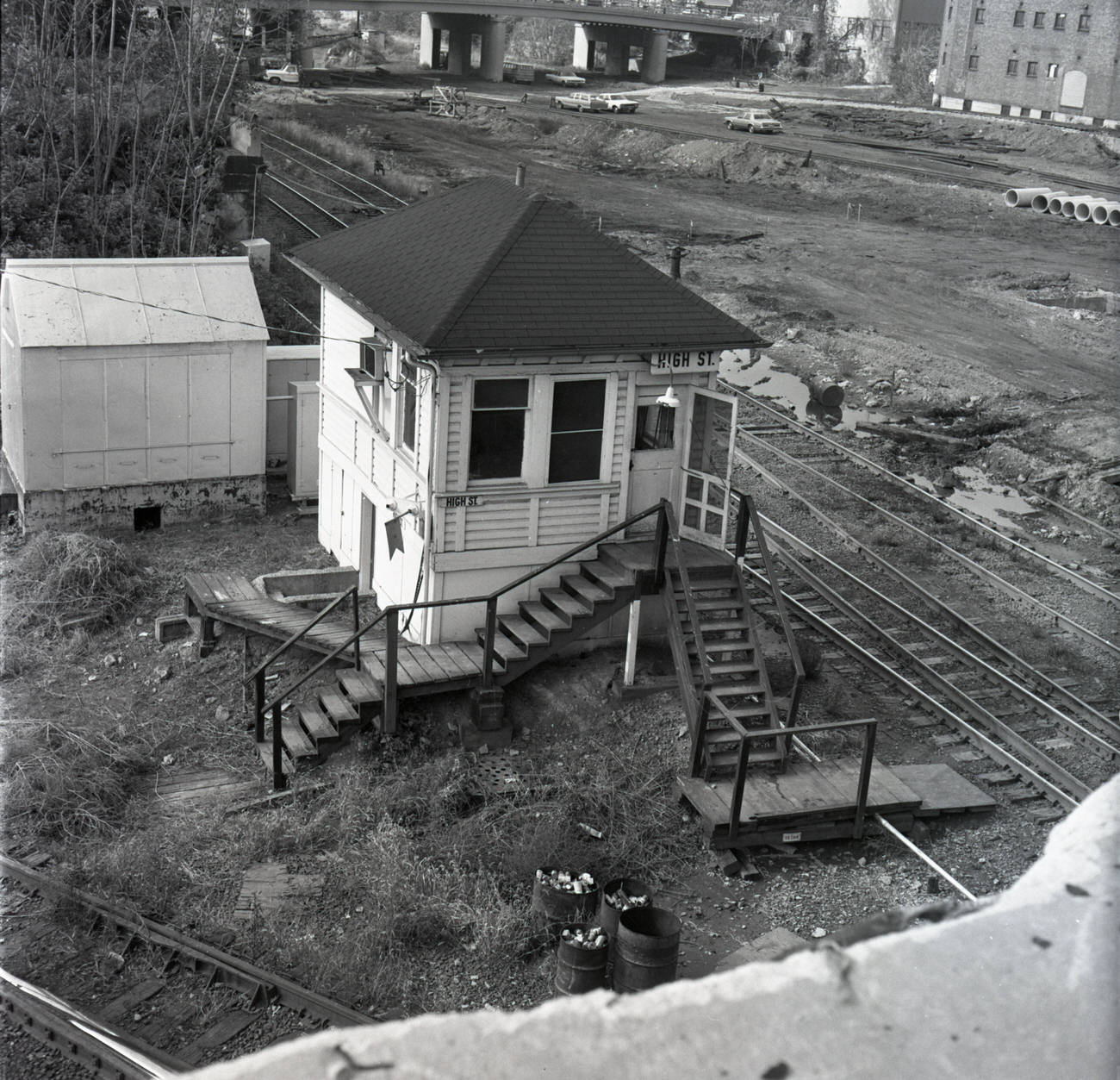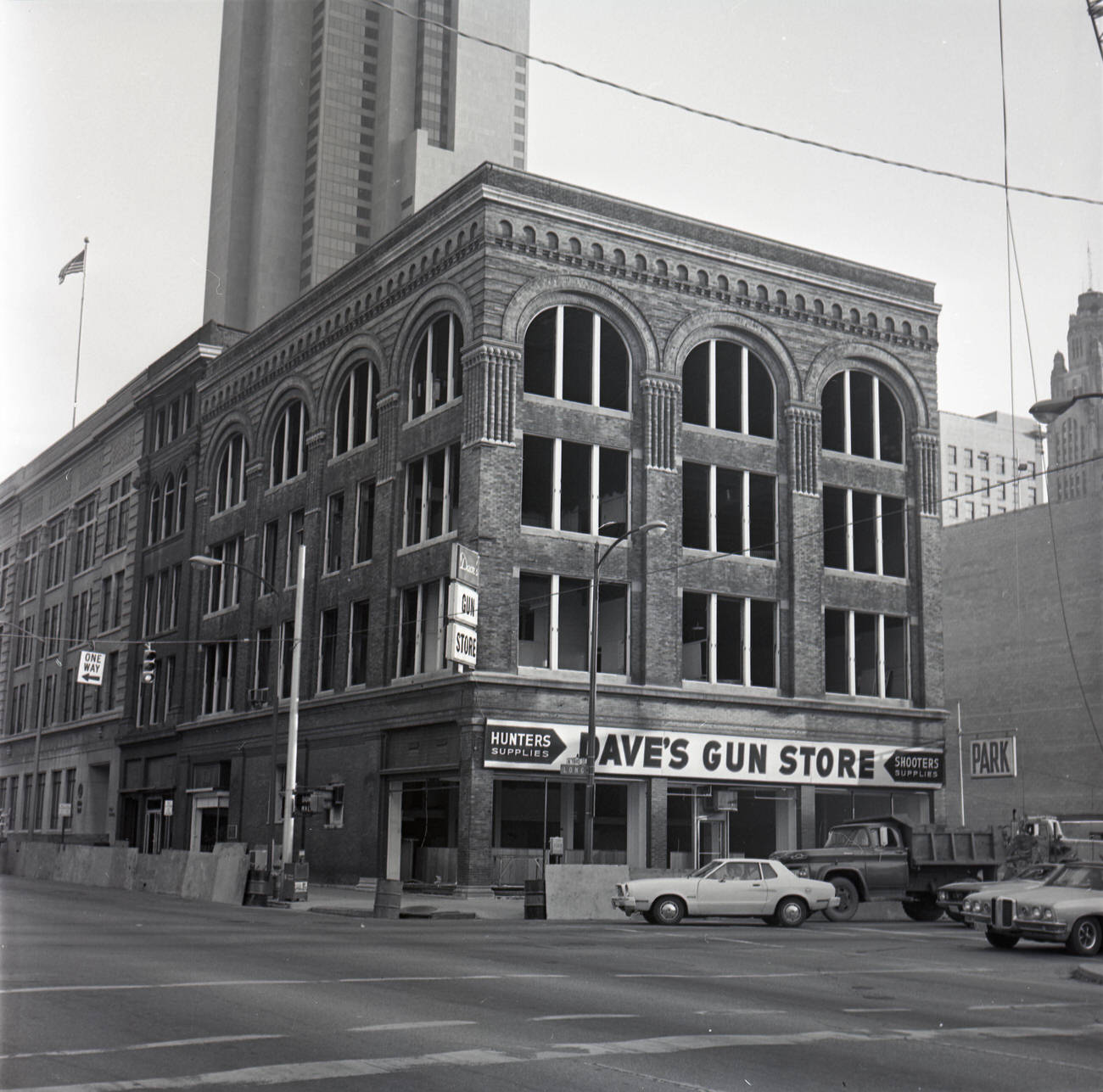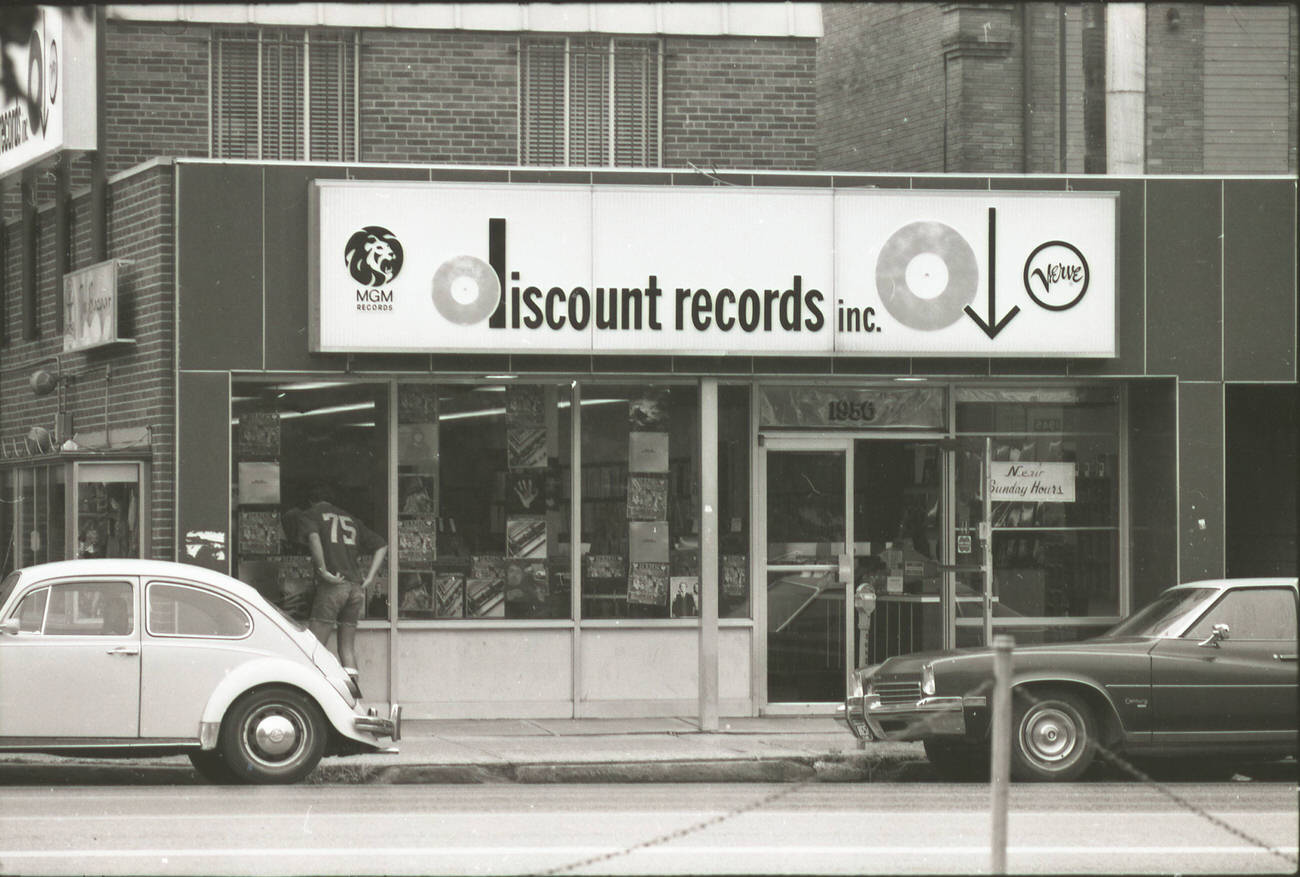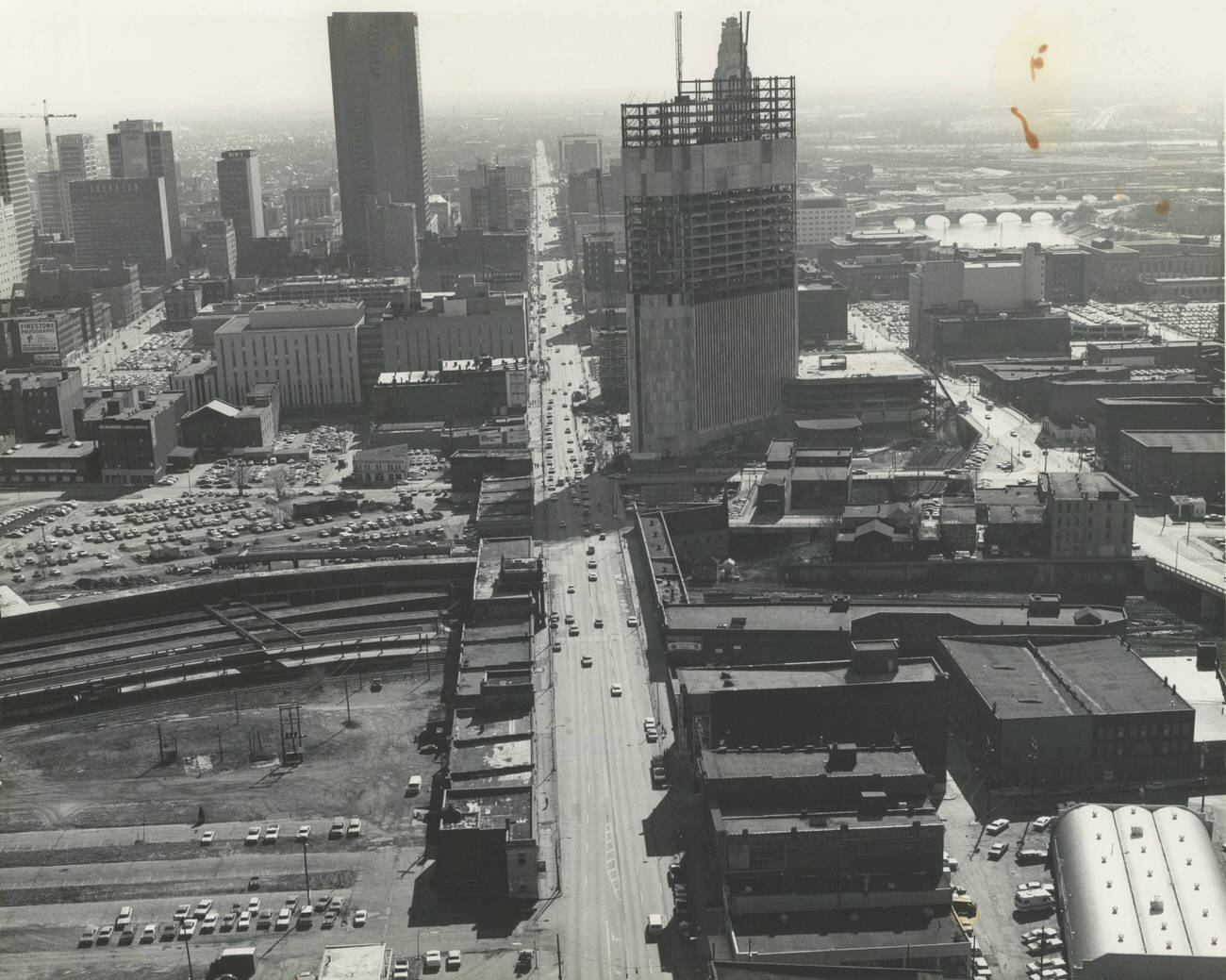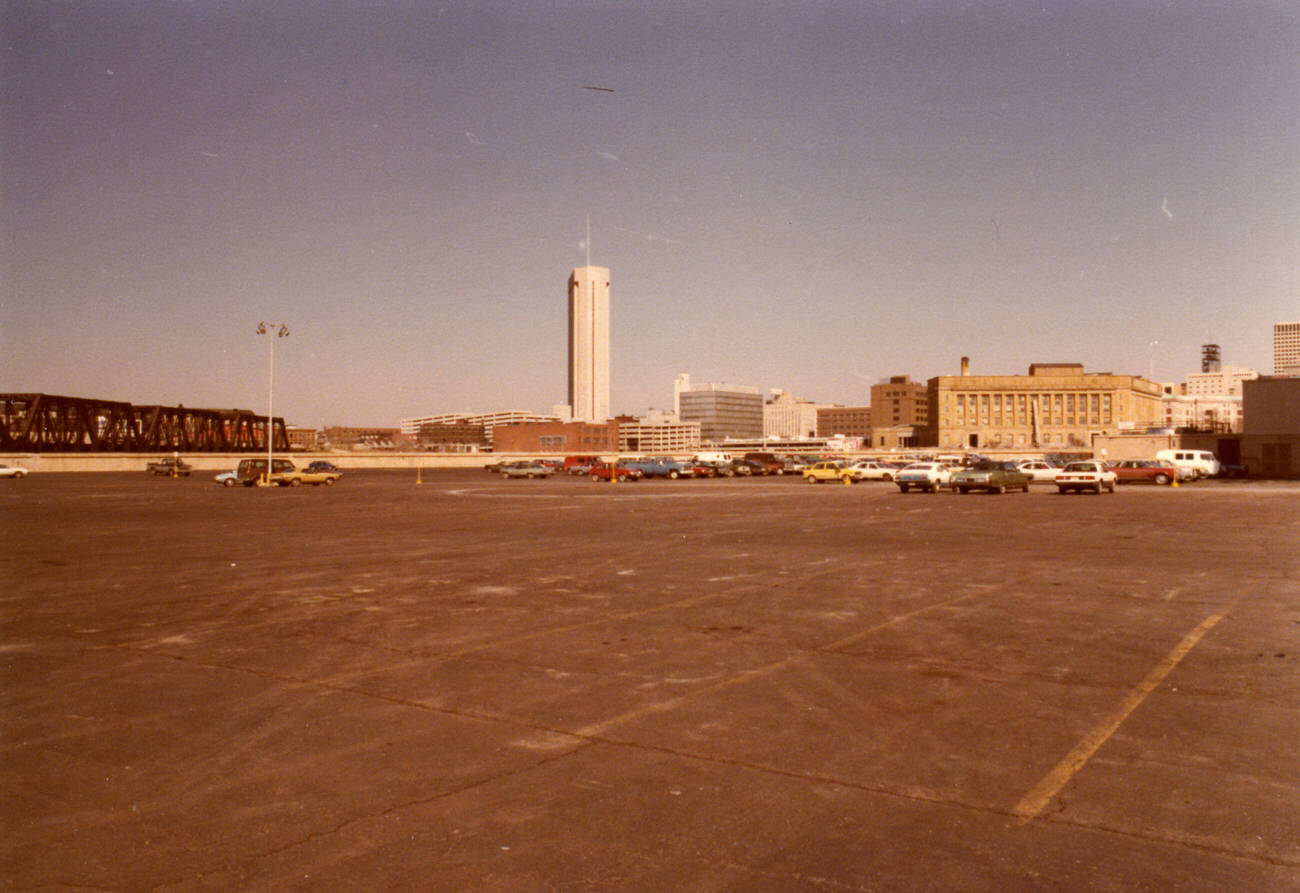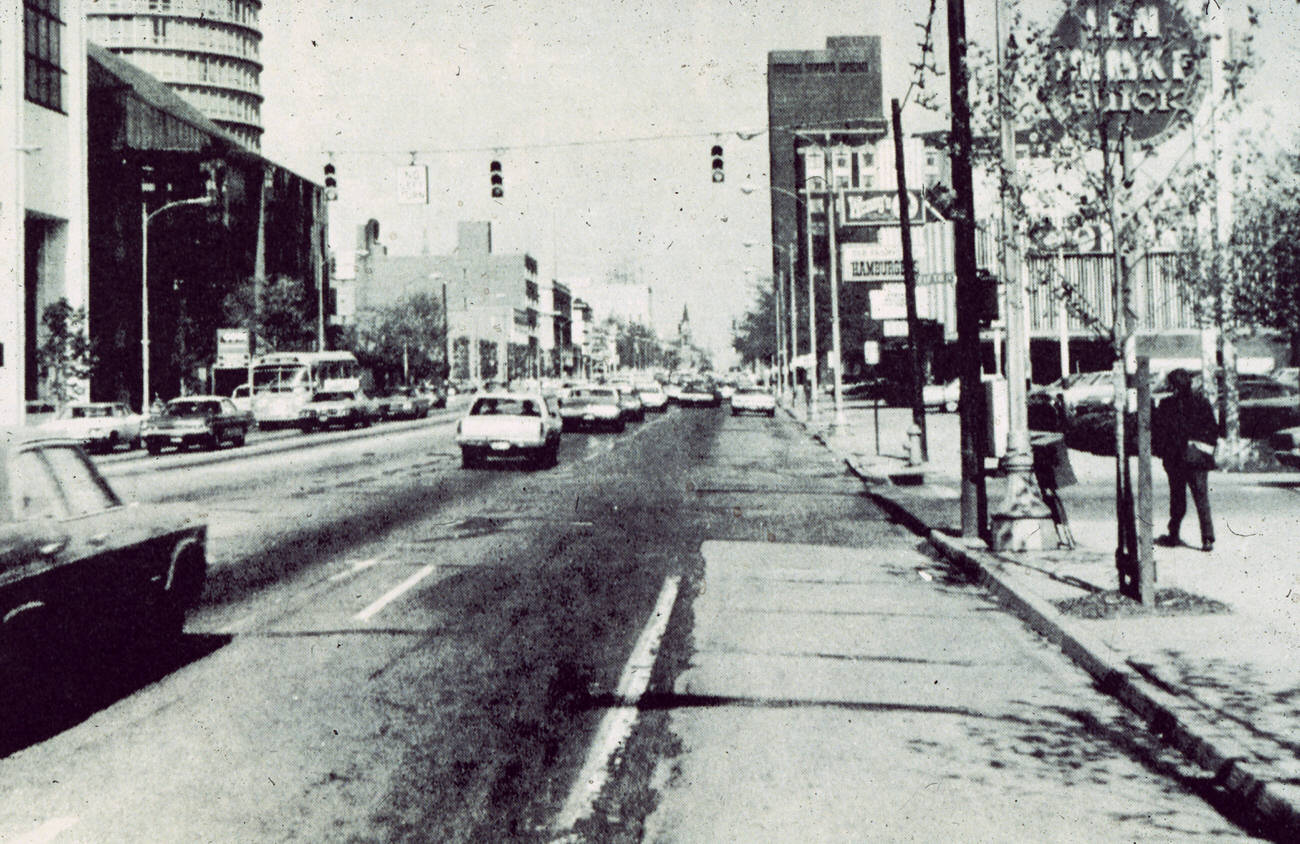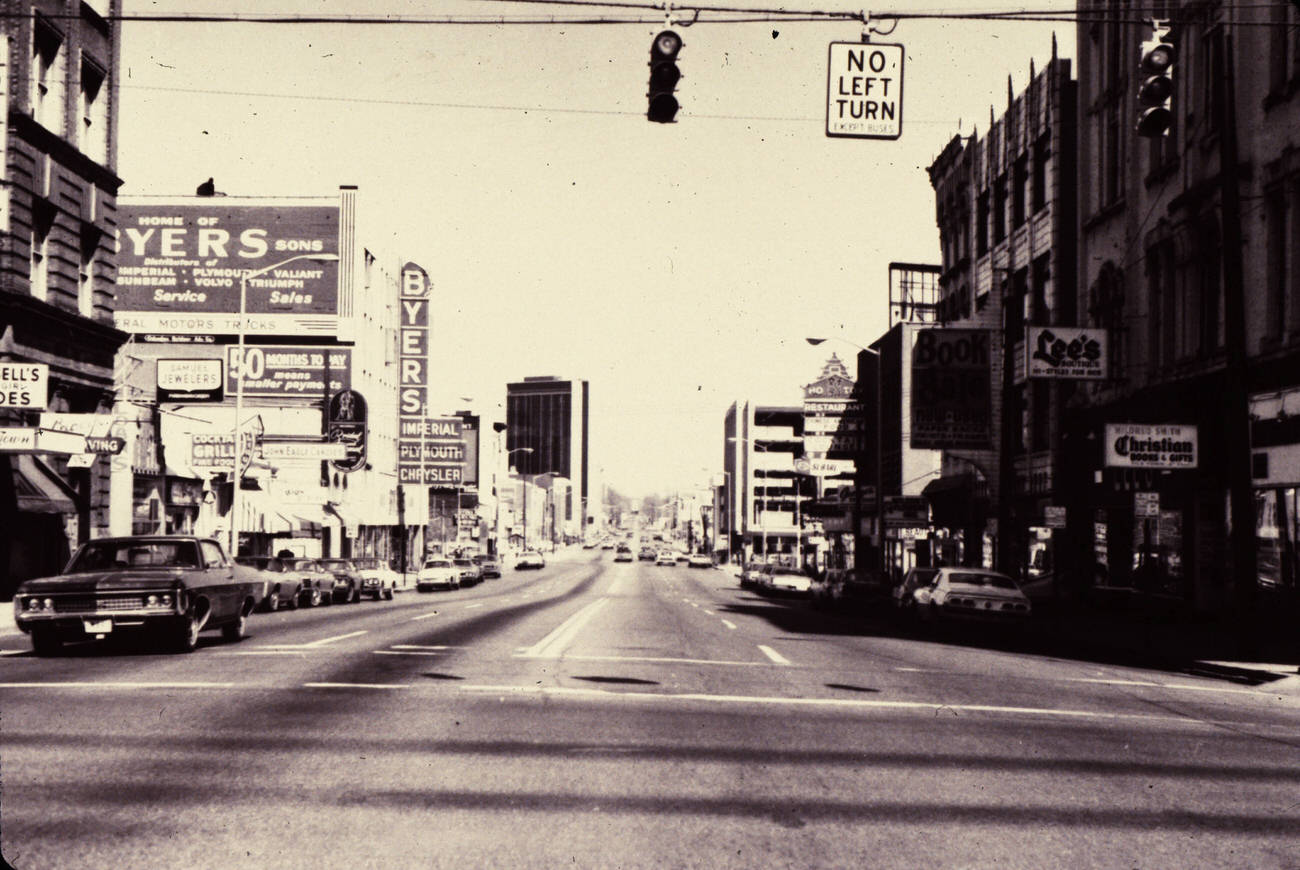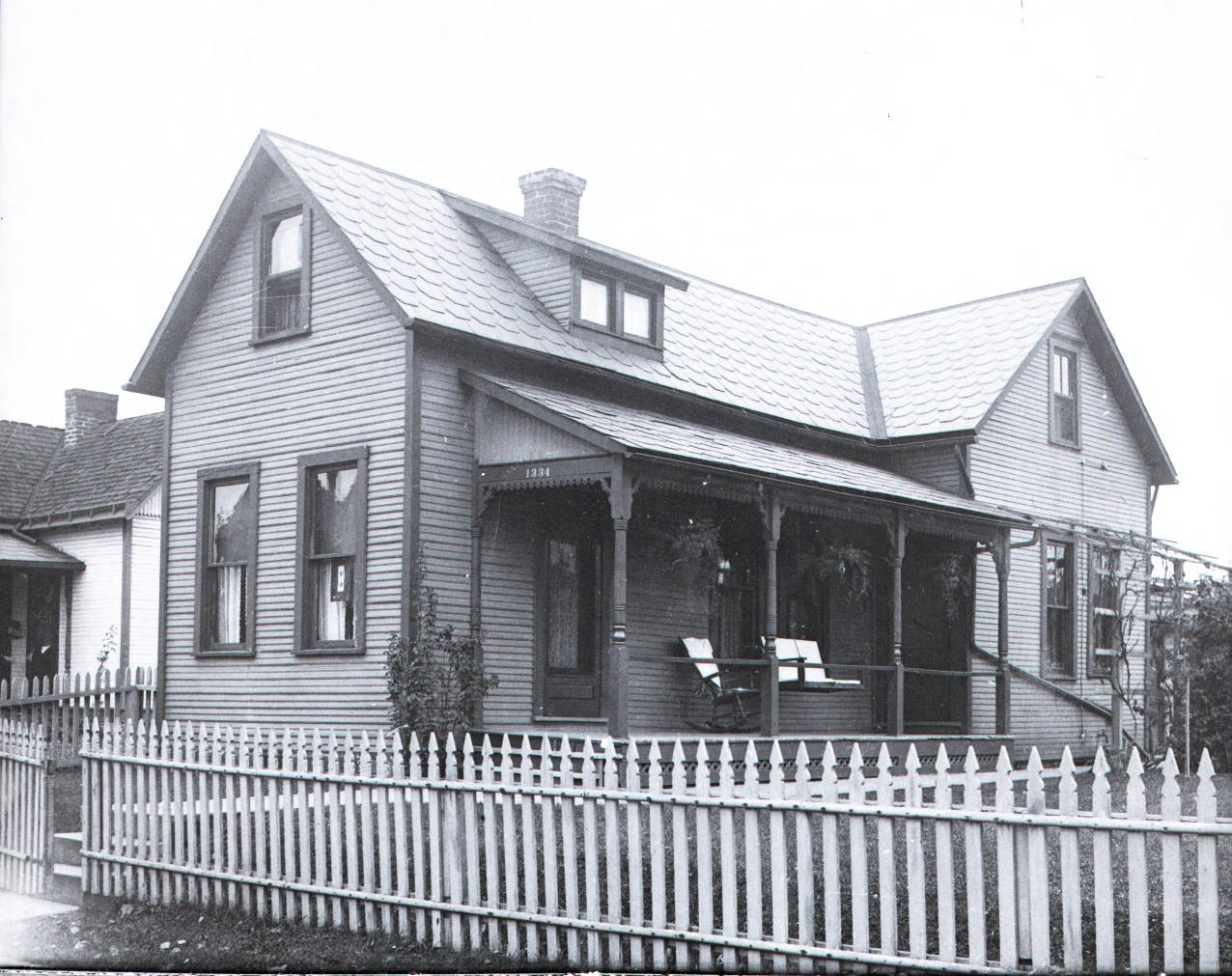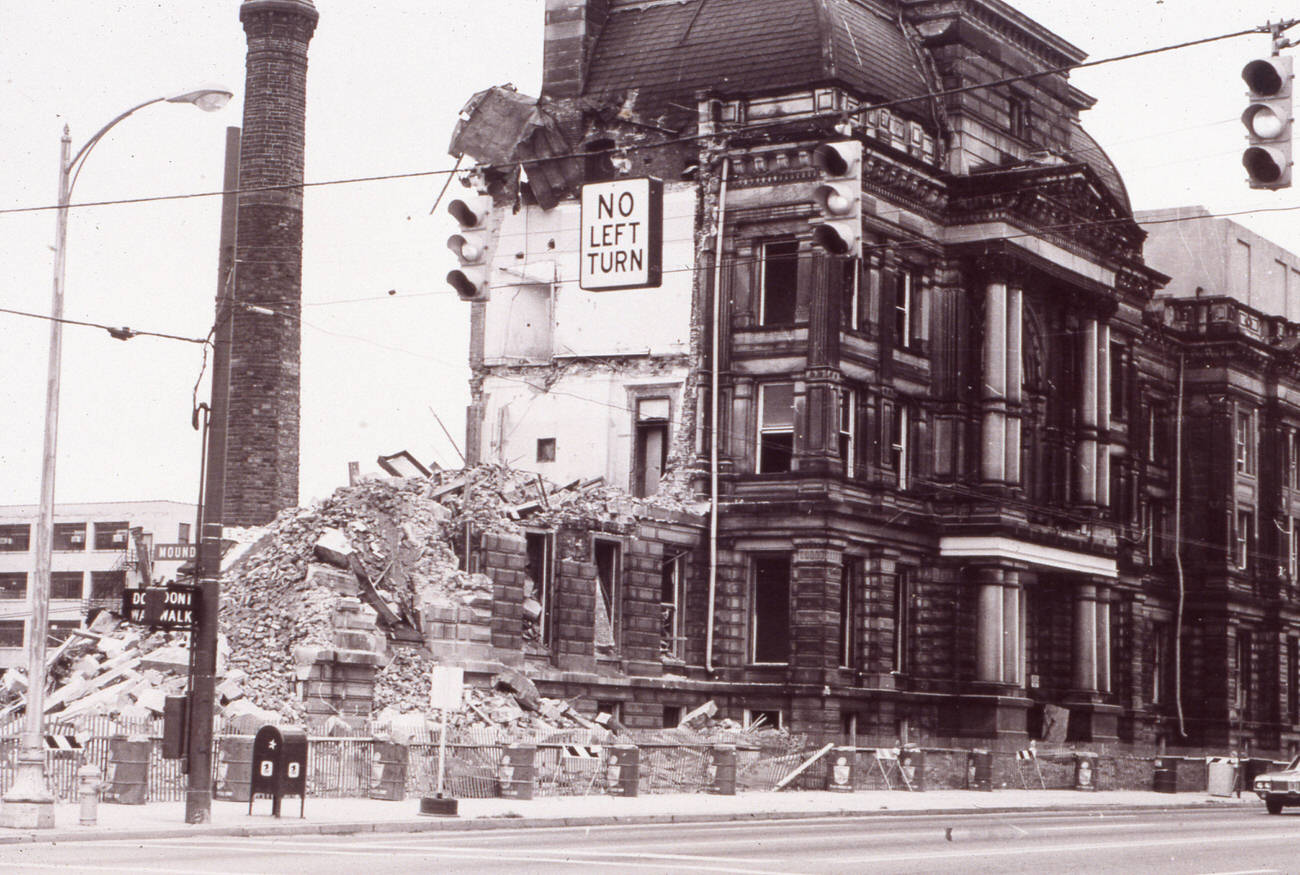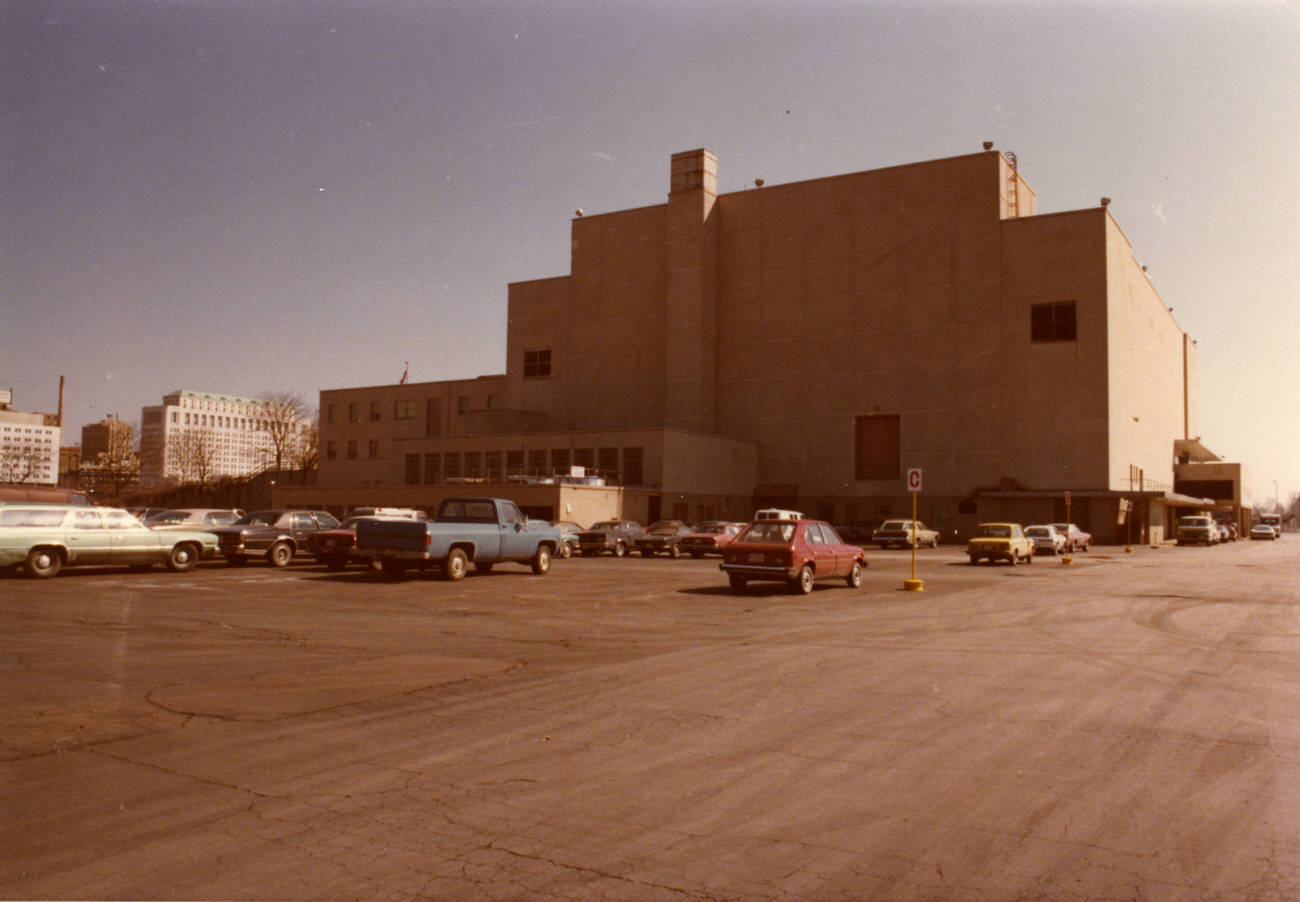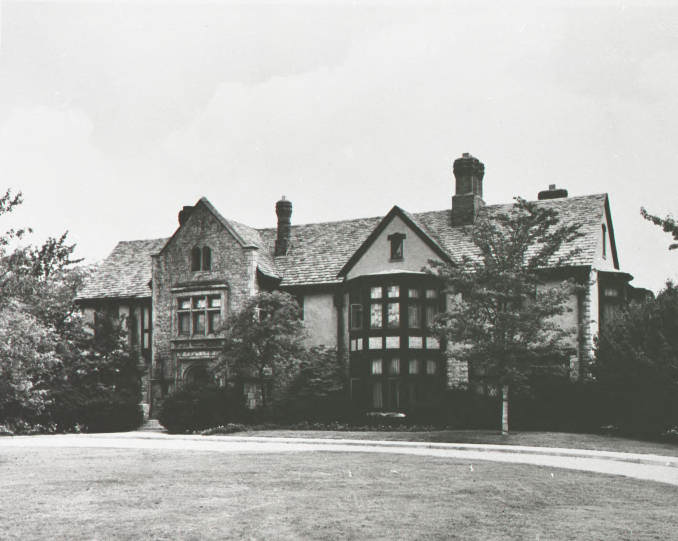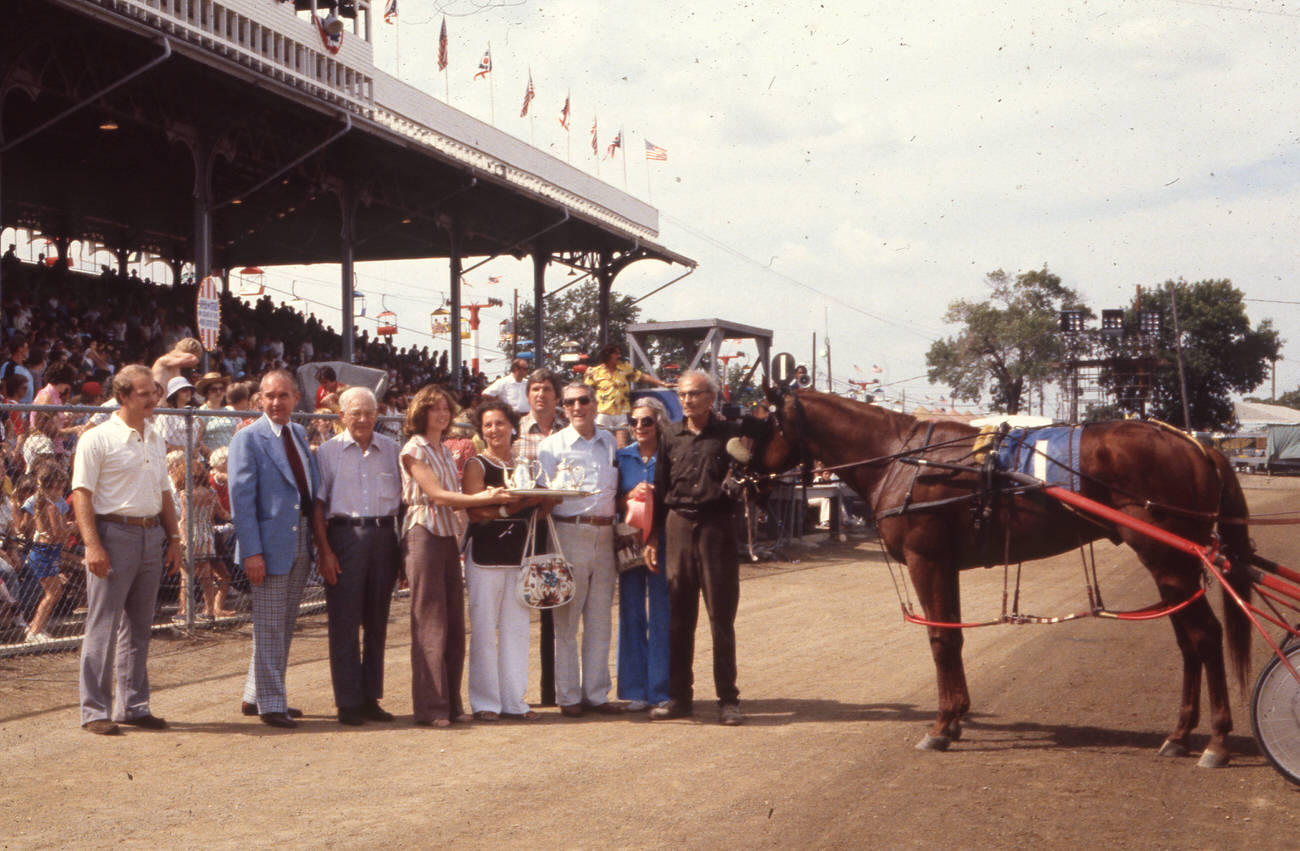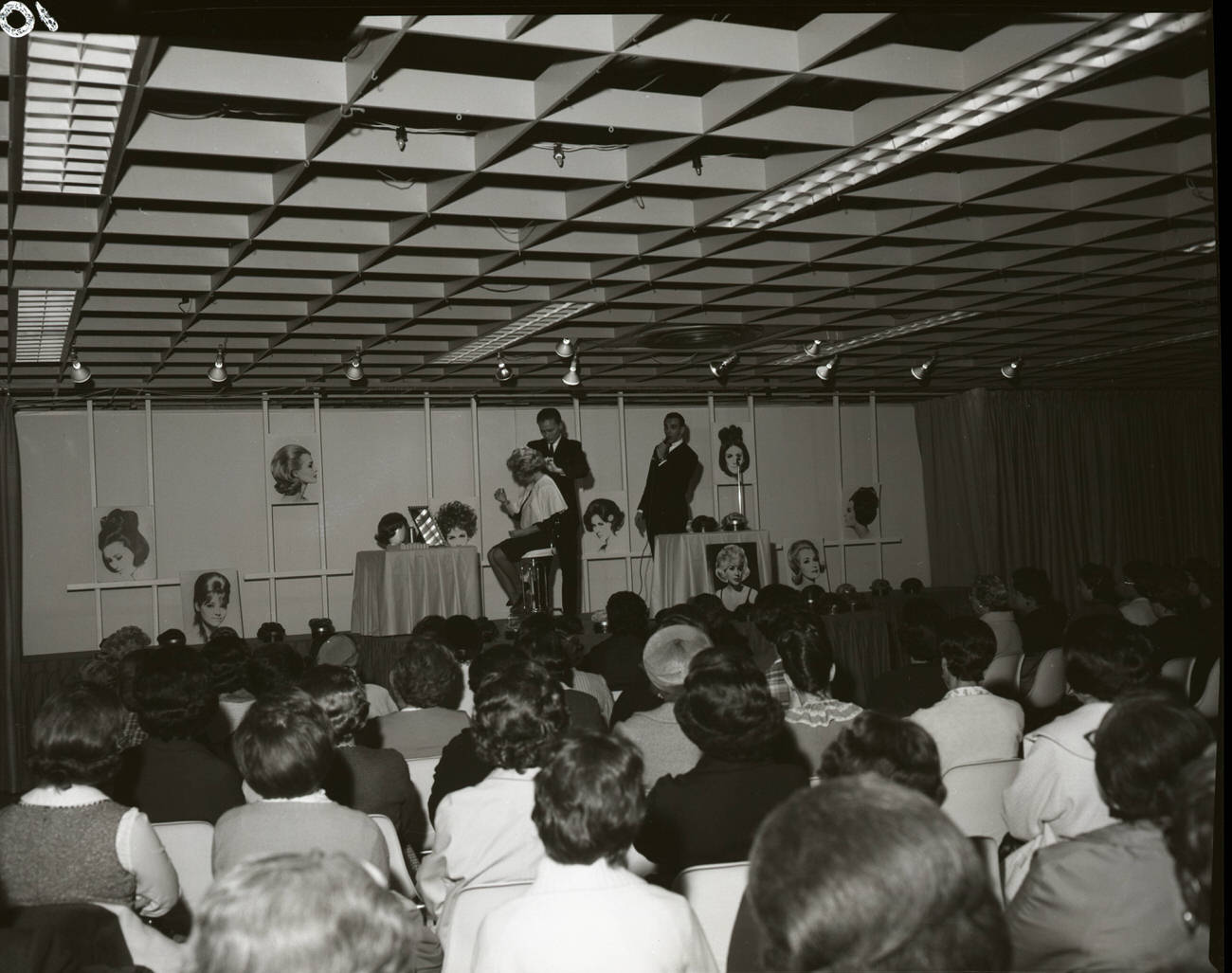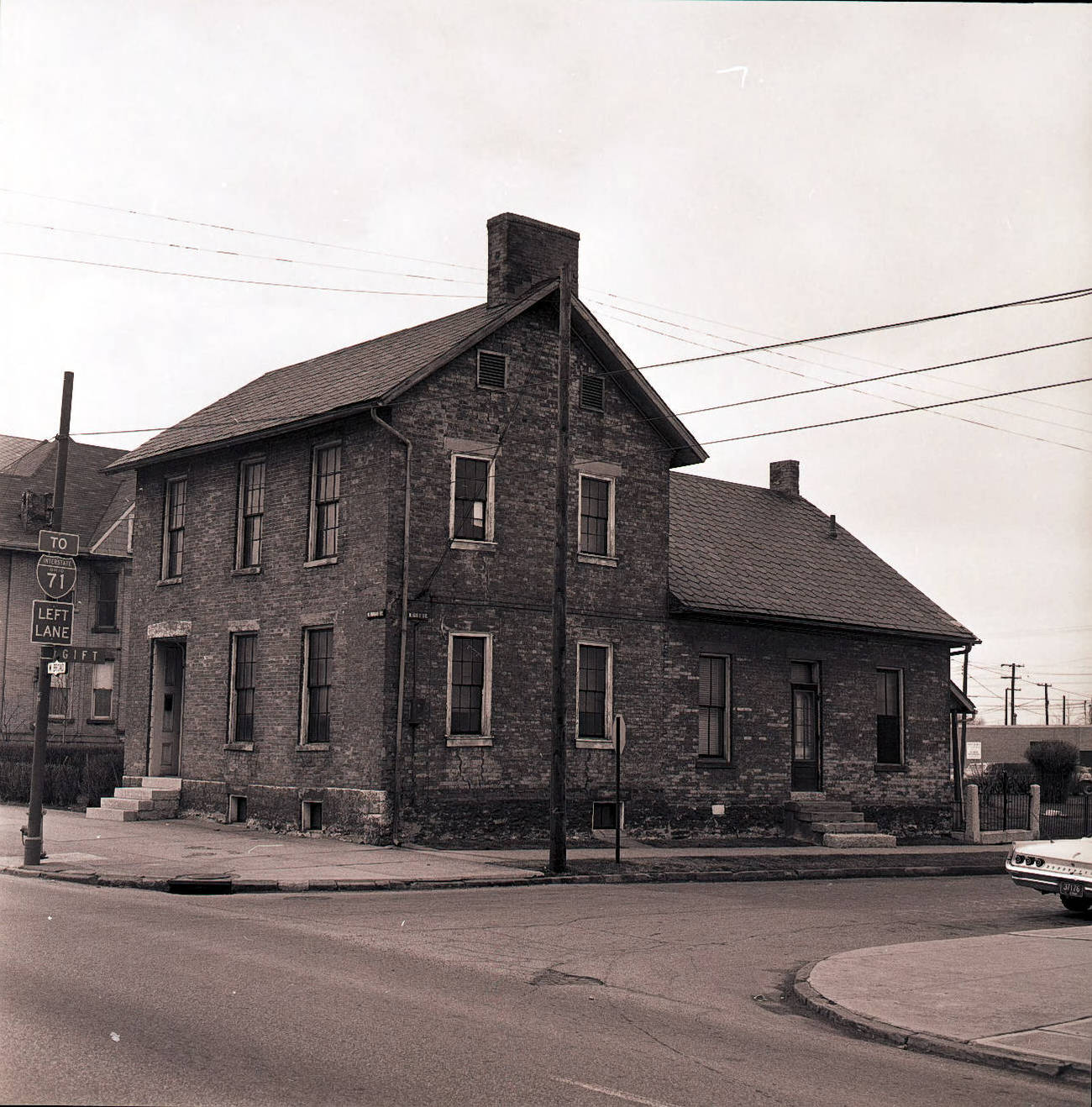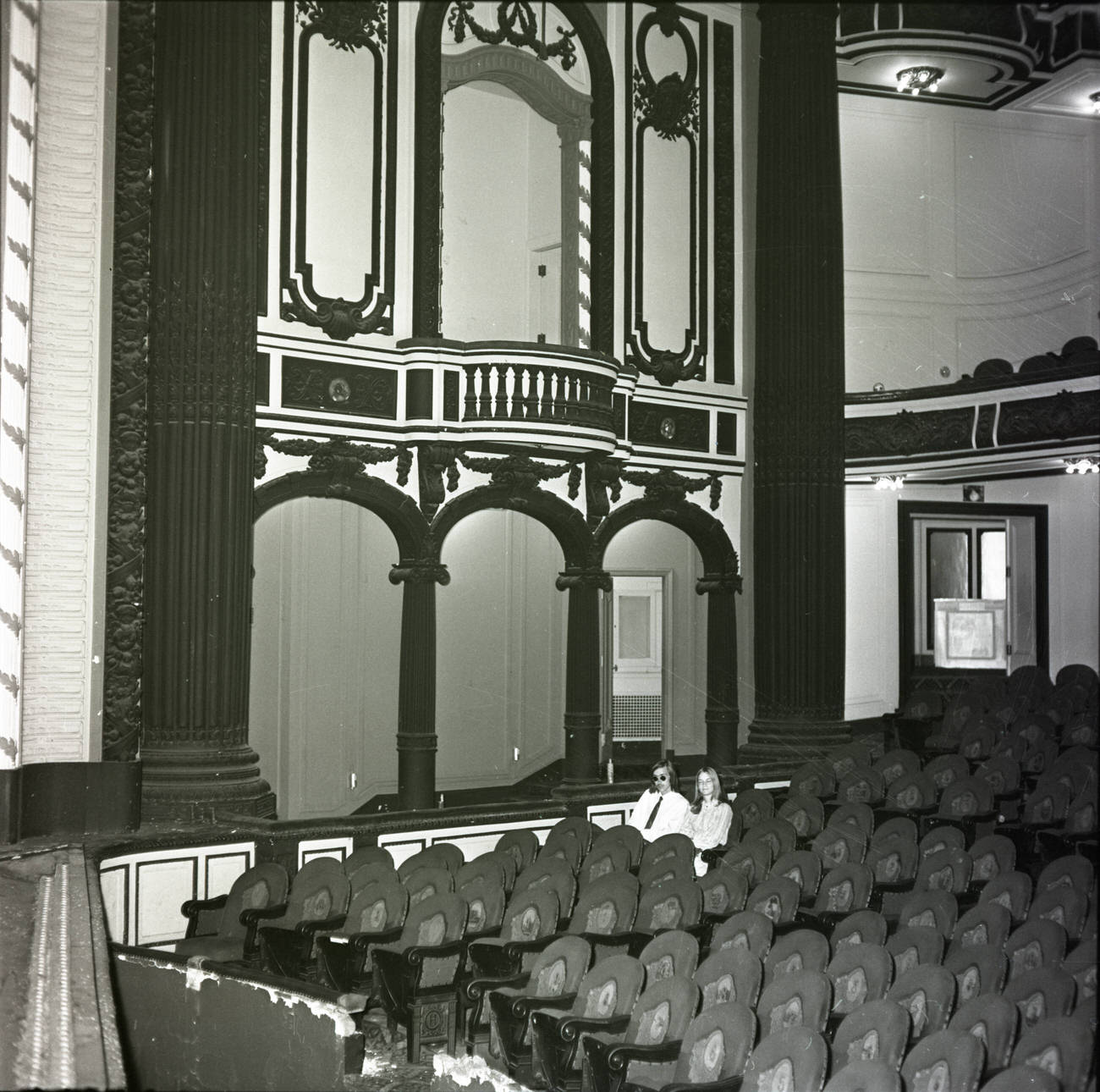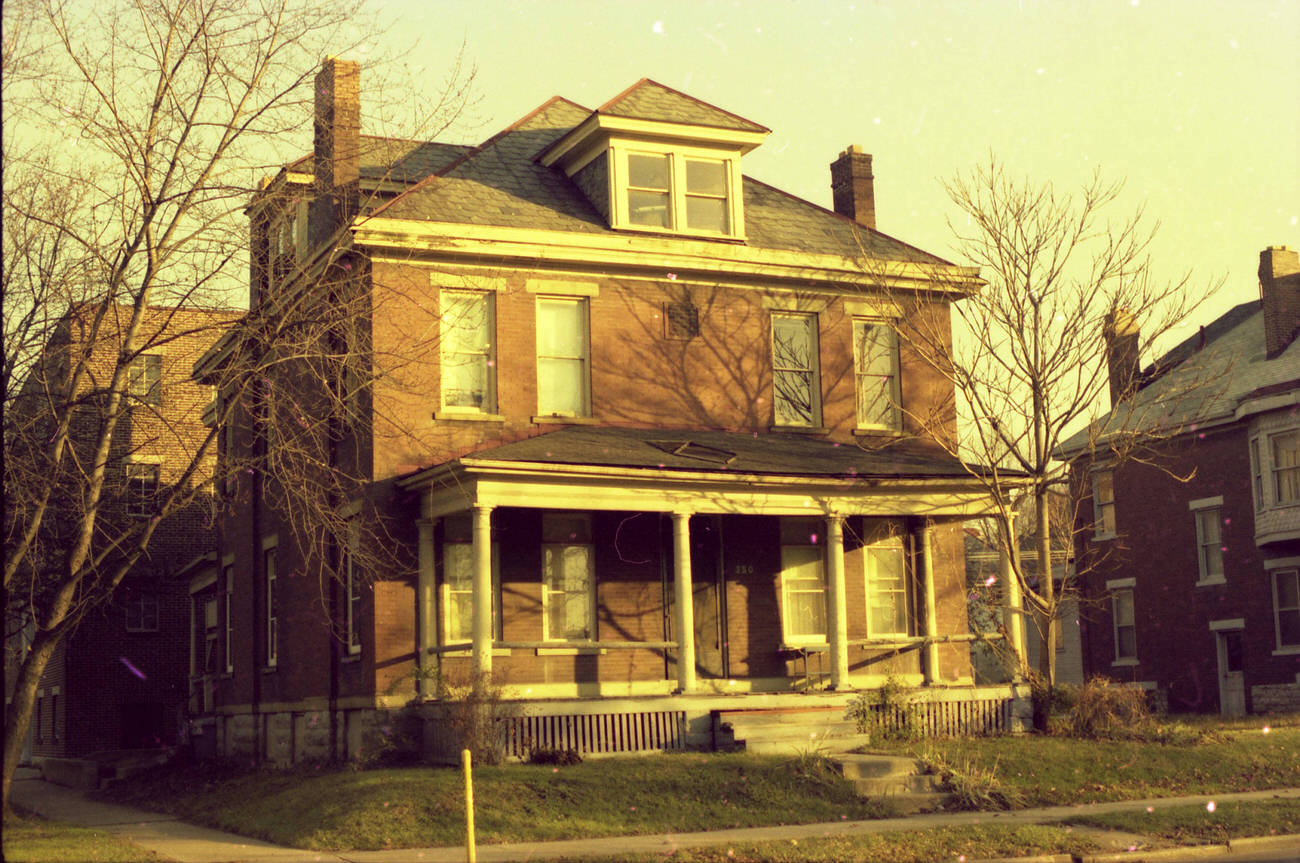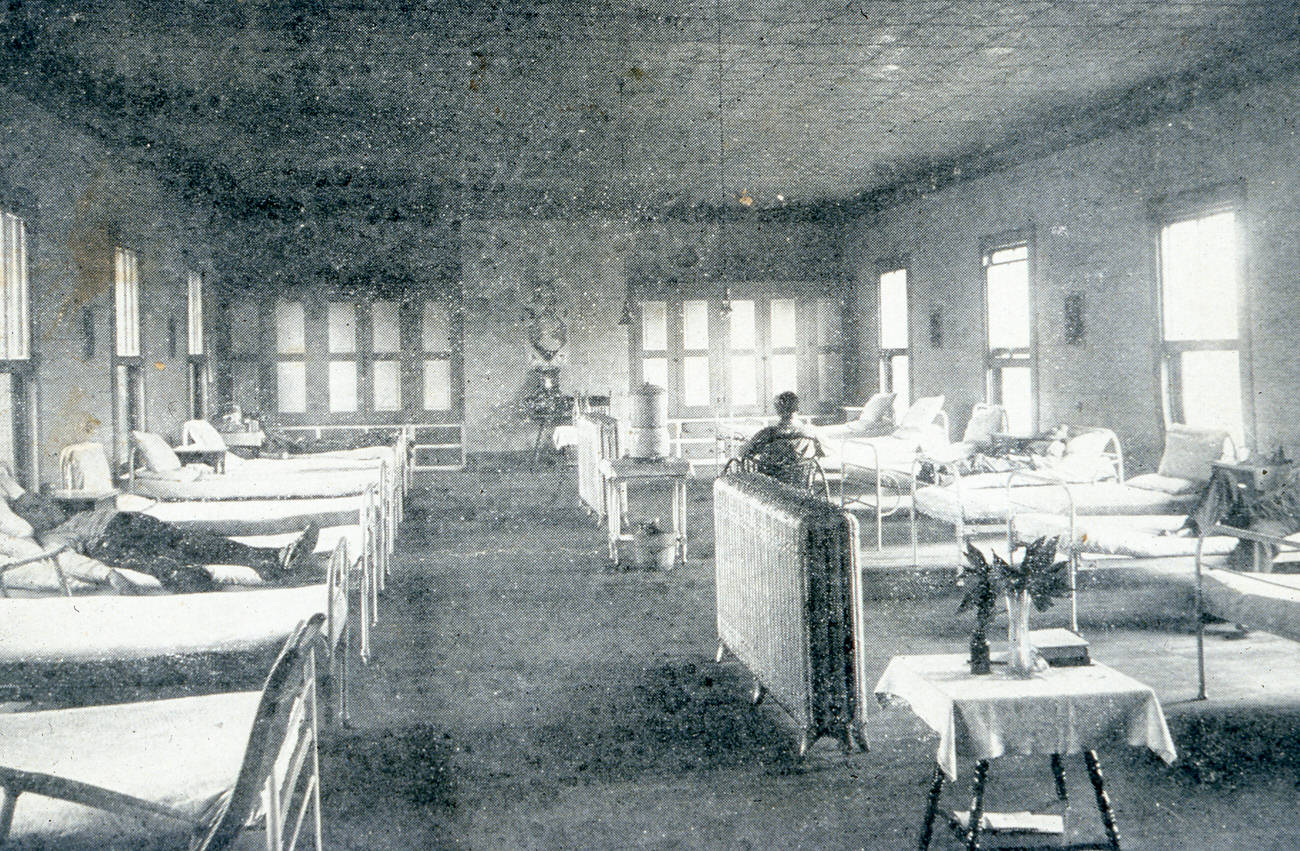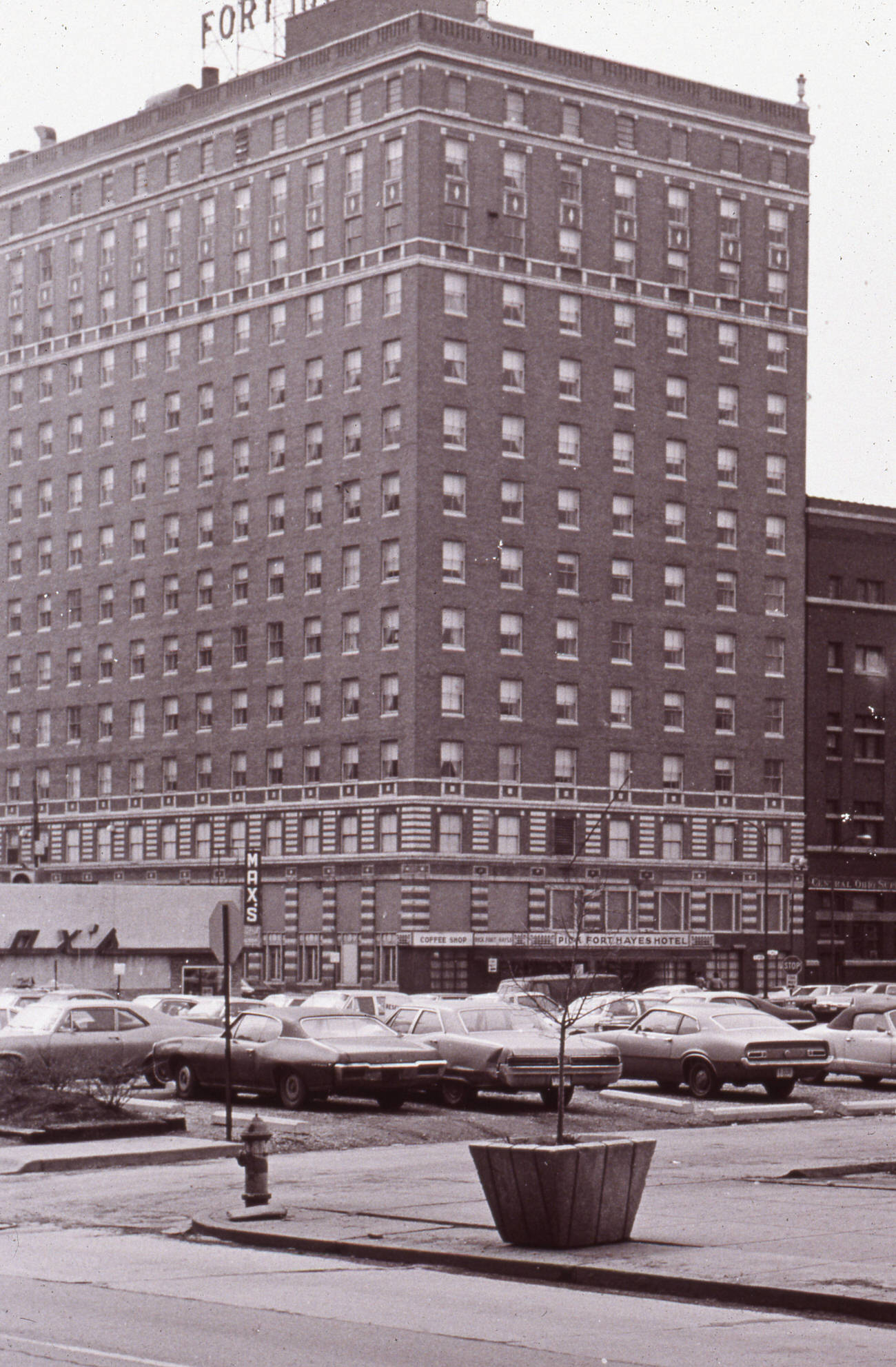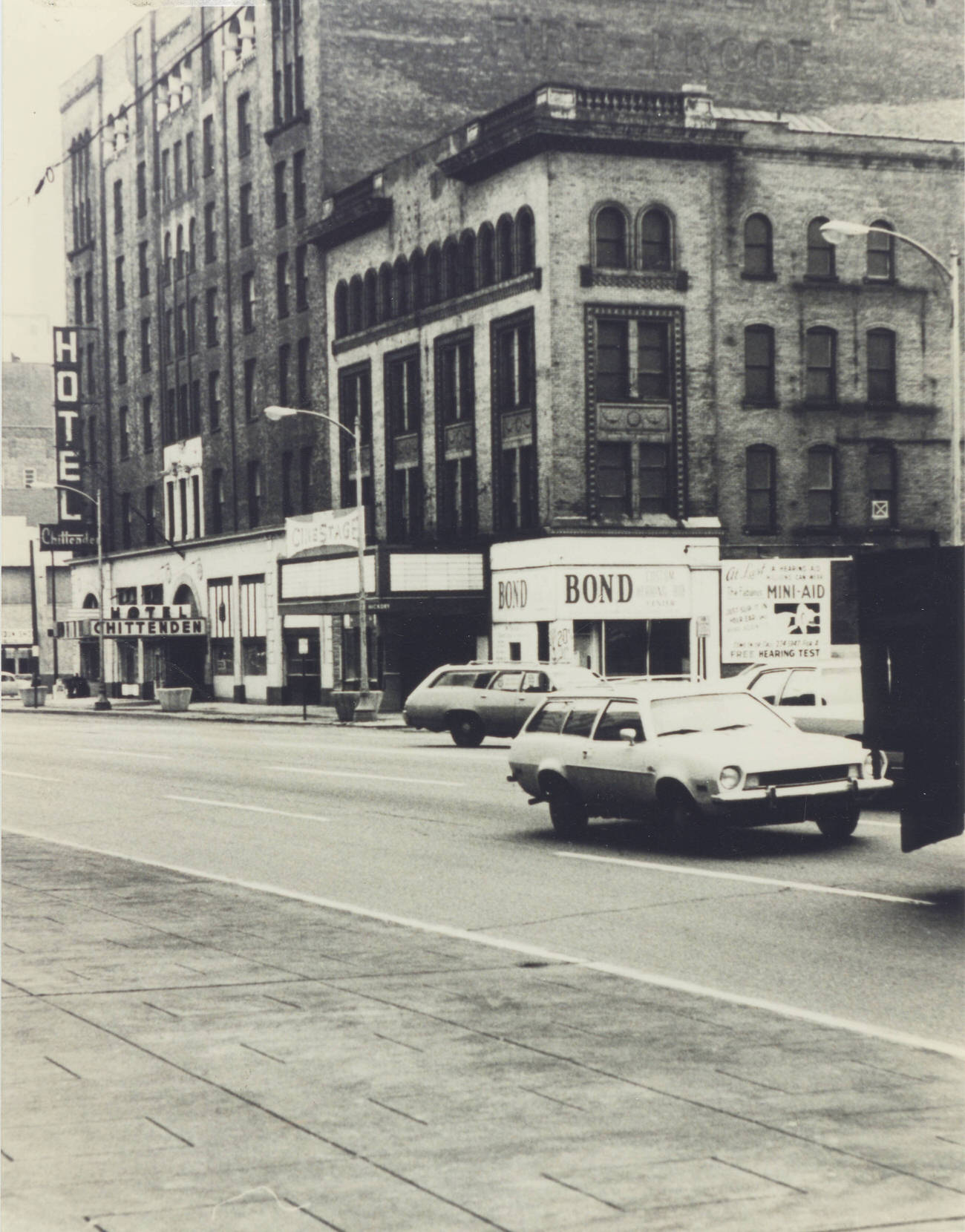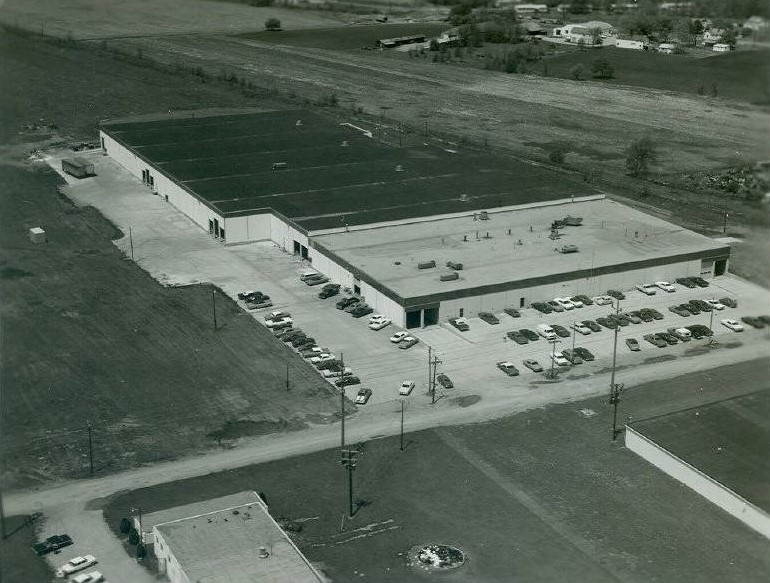The 1970s in Columbus, Ohio, were a time of change and growth. The city was shedding its image as a sleepy Midwestern town and evolving into a bustling metropolis. From its evolving skyline to its vibrant music scene, Columbus was a city on the move.
One of the most noticeable changes in 1970s Columbus was its skyline. The Ohio Statehouse, a majestic Greek Revival structure, had long been the city’s most recognizable landmark. However, it was joined by several new skyscrapers that rose during this decade. The Rhodes State Office Tower, completed in 1974, became the tallest building in Columbus. Other notable additions included the Huntington Center and the LeVeque Tower, adding a modern edge to the cityscape.
Shopping and Dining
Downtown Columbus was the heart of the city’s shopping scene in the 1970s. Lazarus department store, with its iconic clock, was a popular destination for locals. Shoppers also flocked to the City Center Mall, which opened its doors in 1975 and offered a wide variety of stores and restaurants.
Speaking of restaurants, Columbus residents had plenty of options to satisfy their cravings. The Kahiki Supper Club, with its Polynesian theme and exotic cocktails, was a favorite for special occasions. For a more casual dining experience, there was the Clarmont, a classic steakhouse with red leather booths and a lively atmosphere.
Read more
Arts and Entertainment
The 1970s were a golden age for music in Columbus. The Agora Ballroom, a legendary rock club, hosted acts like Bruce Springsteen, The Ramones, and Blondie. Local bands also thrived, with groups like The Godz and Scrawl making names for themselves on the national scene. For those who preferred the symphony or ballet, the Ohio Theatre offered a more refined cultural experience.
While downtown Columbus was experiencing a renaissance, the suburbs were also booming. Families flocked to communities like Upper Arlington, Worthington, and Dublin, drawn by the promise of good schools, spacious homes, and a quieter lifestyle. These suburbs offered their own shopping centers, restaurants, and entertainment options, creating self-contained communities within the larger Columbus area.
Buckeye Fever
One thing that remained constant throughout the 1970s was the city’s passion for Ohio State football. Ohio Stadium, affectionately known as “The Horseshoe,” was regularly packed with over 80,000 screaming fans. Legendary coach Woody Hayes led the Buckeyes to several Big Ten championships and Rose Bowl victories during this decade, solidifying the team’s status as a national powerhouse.


